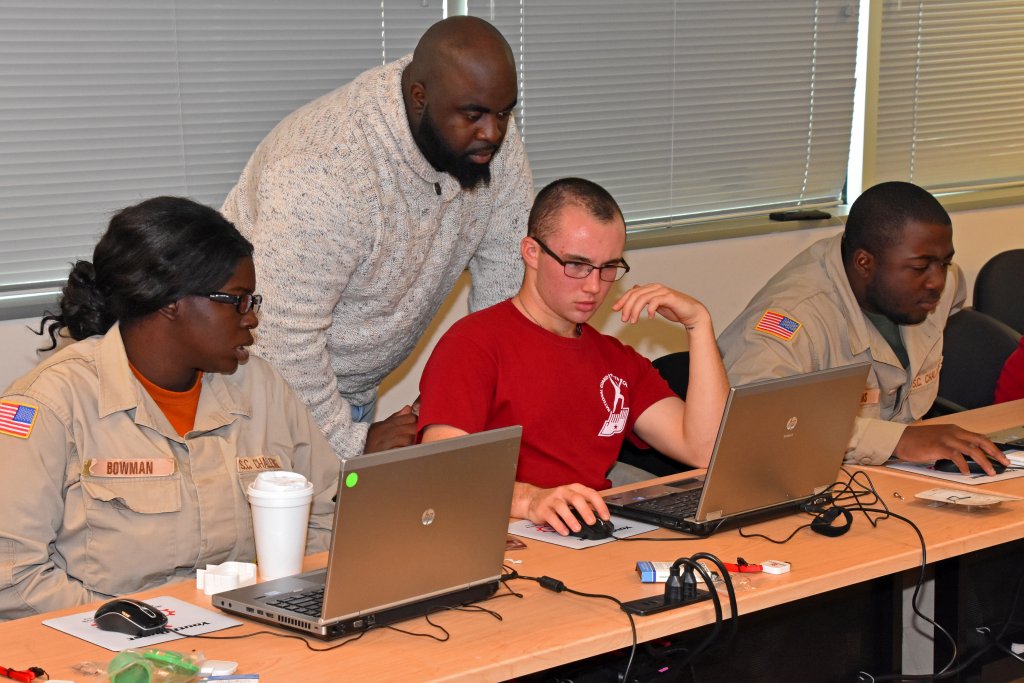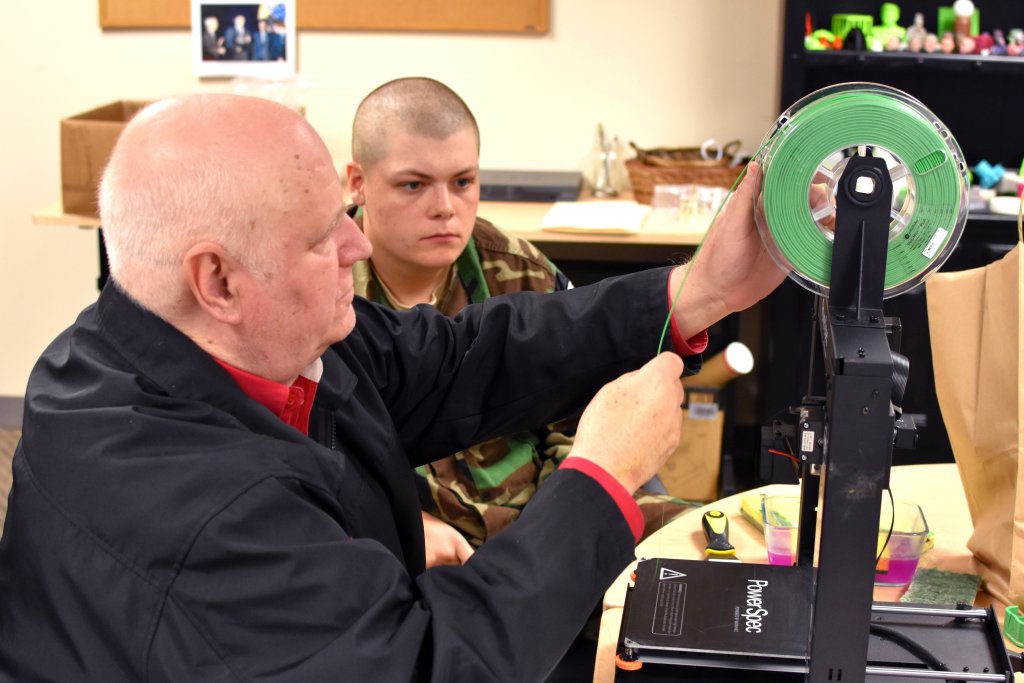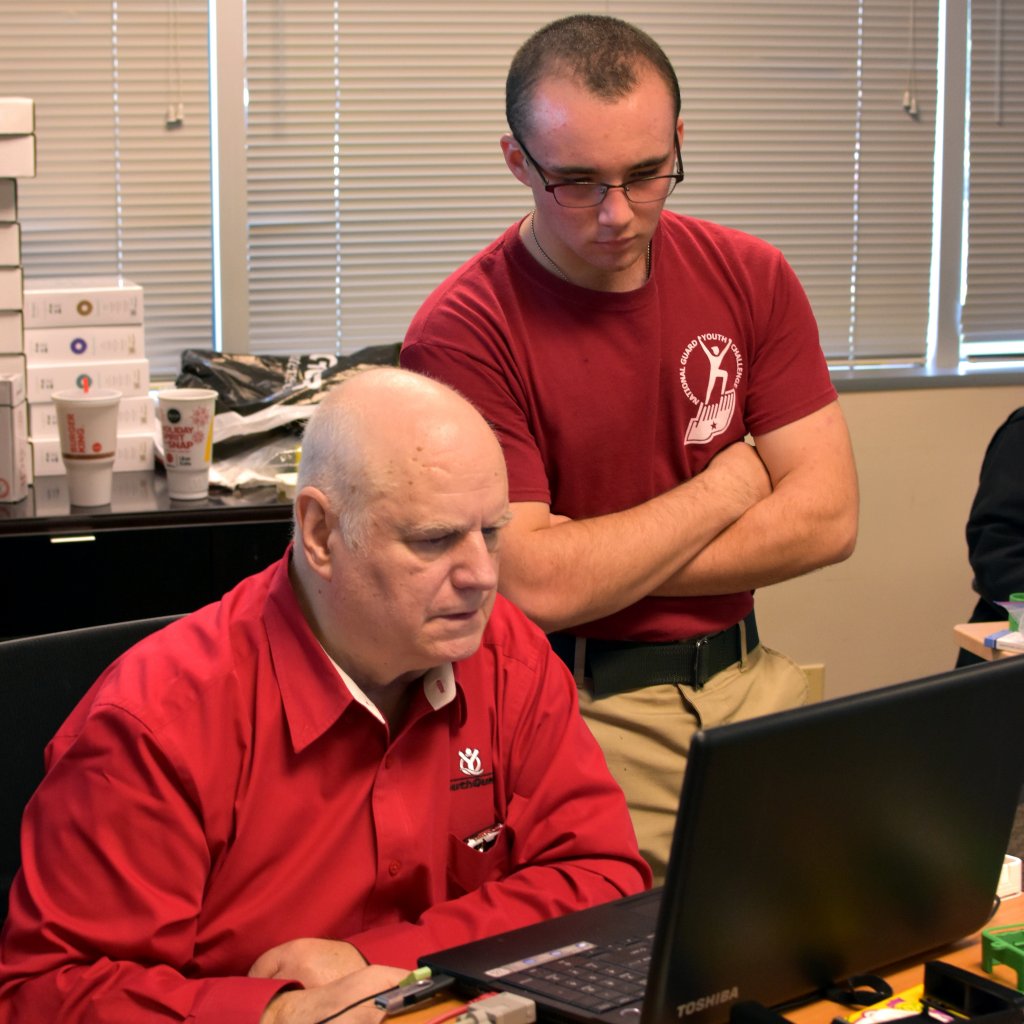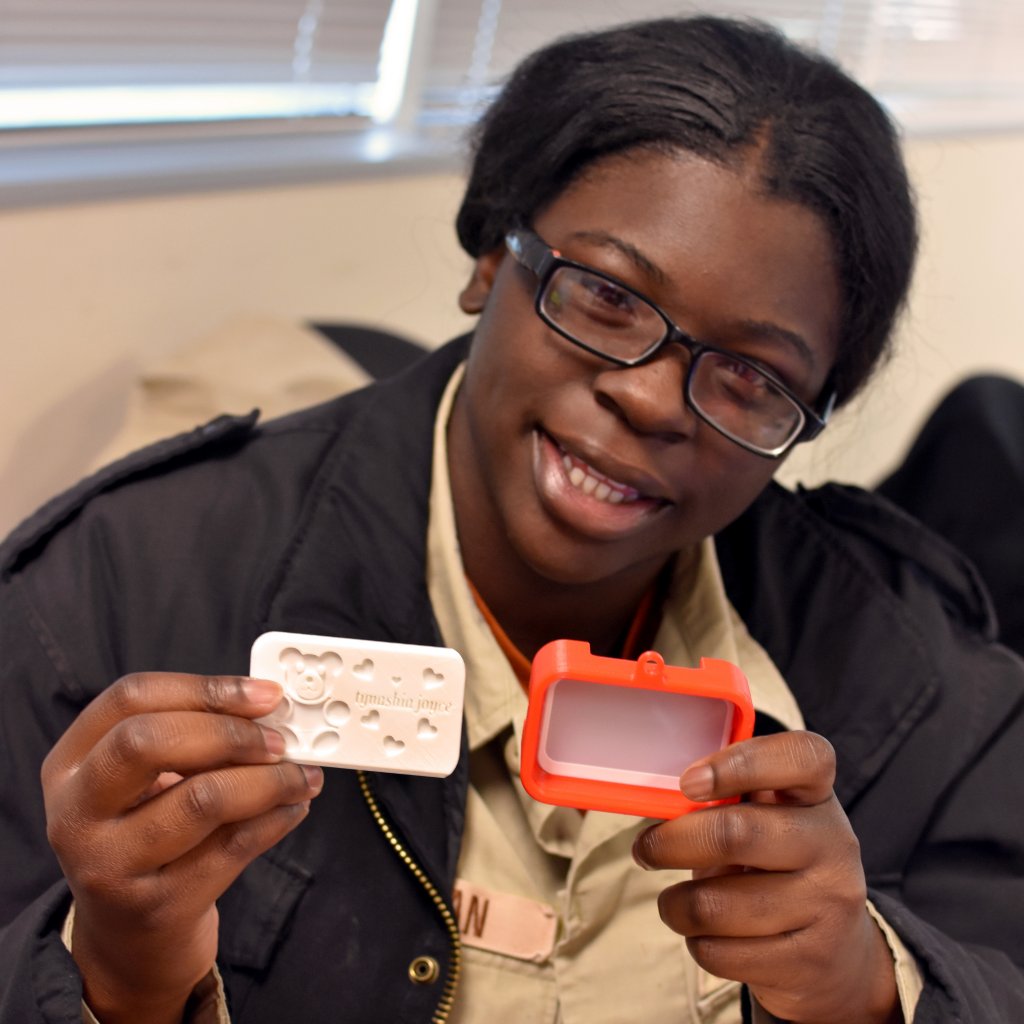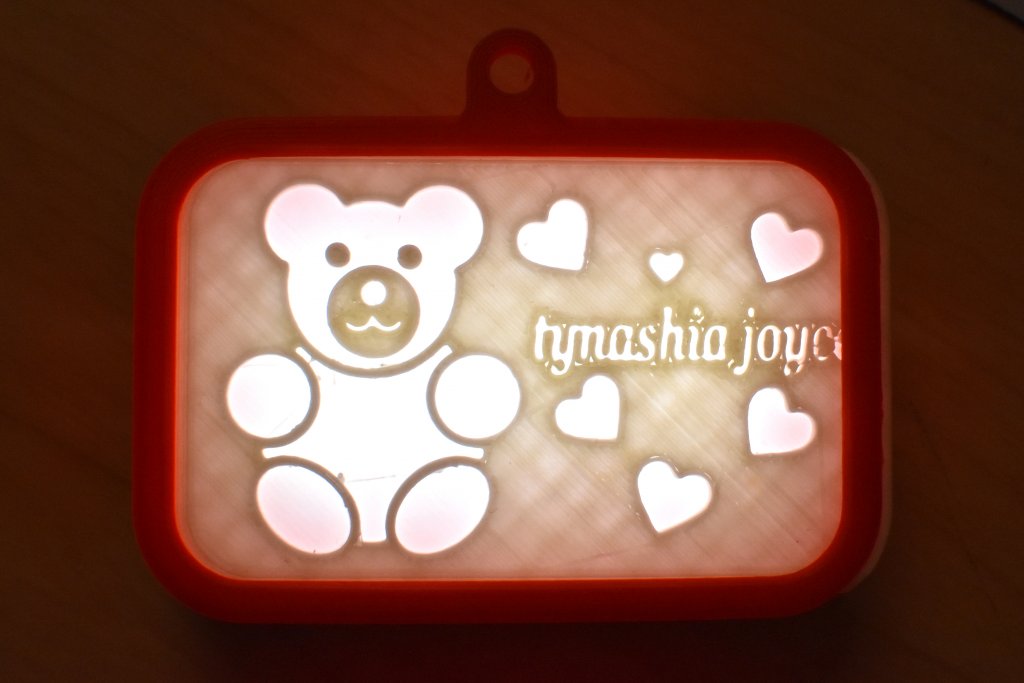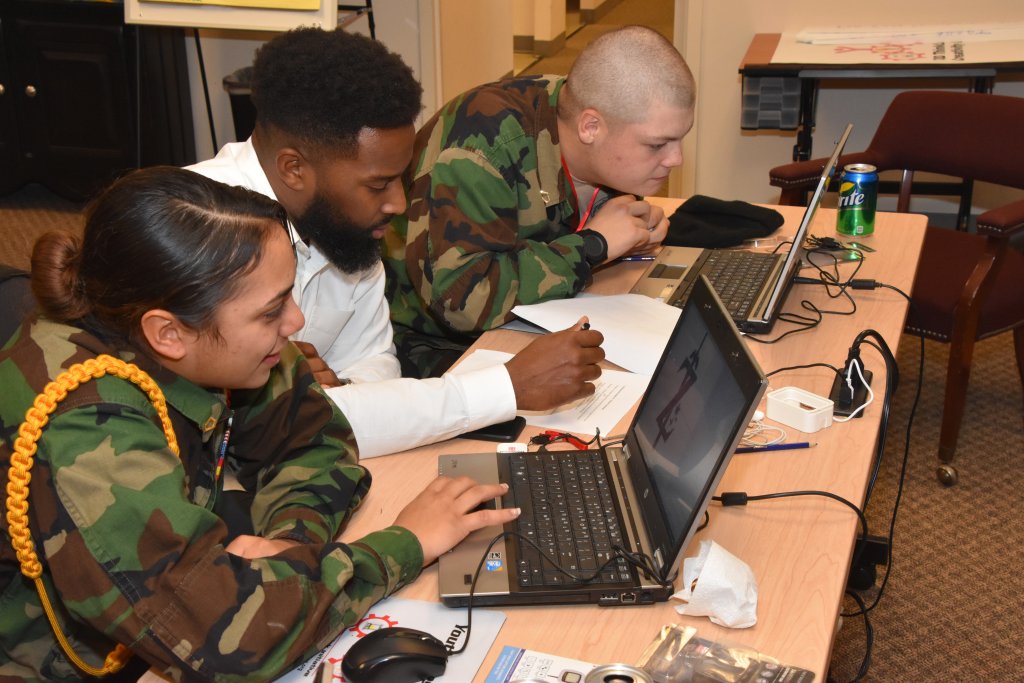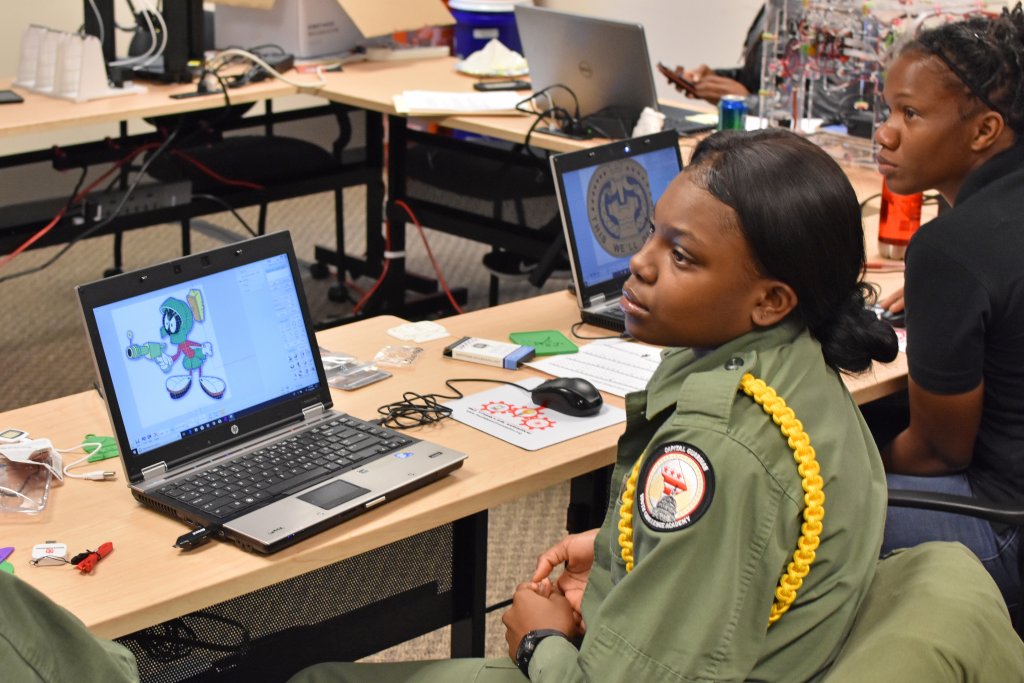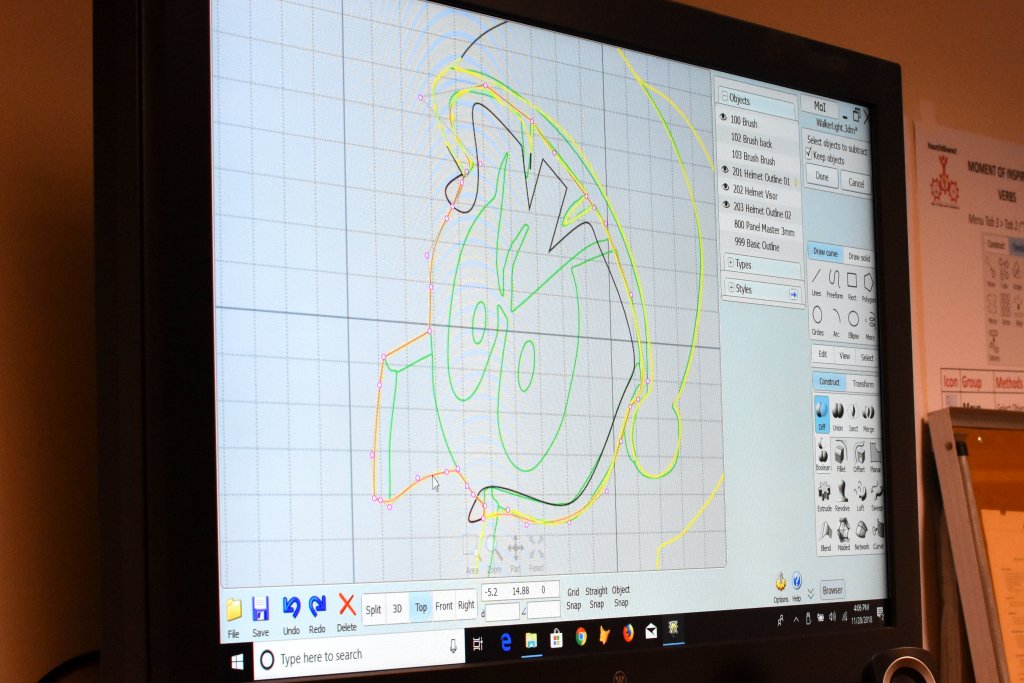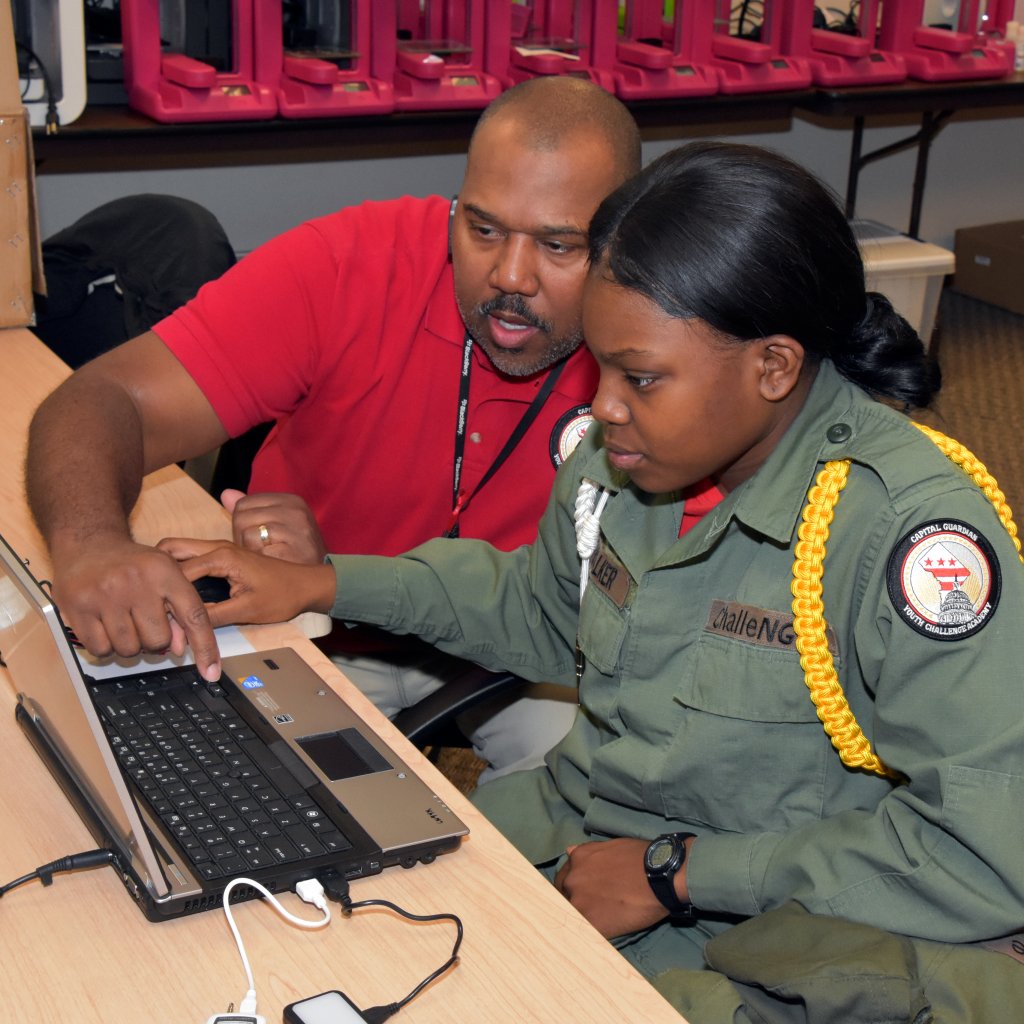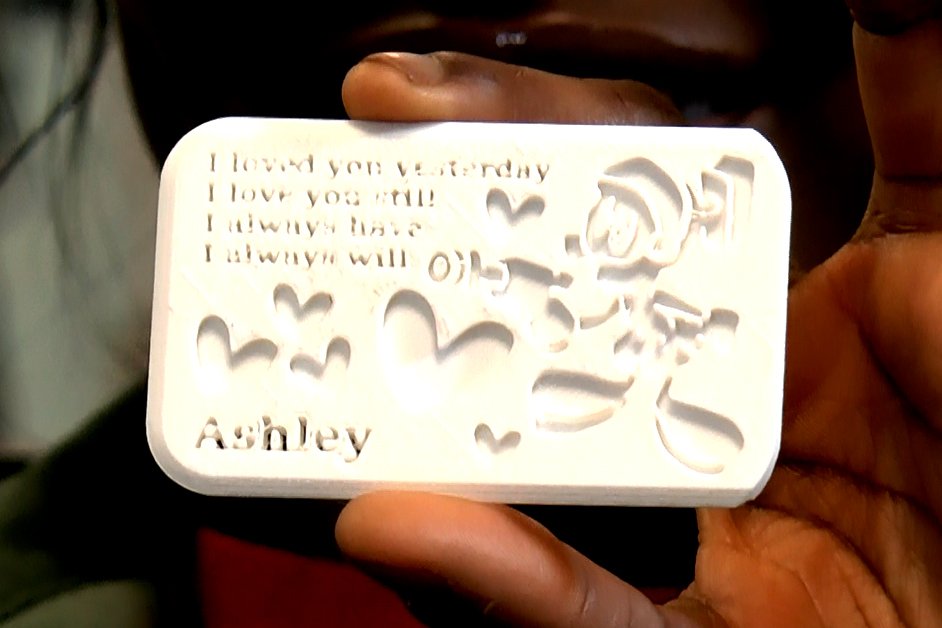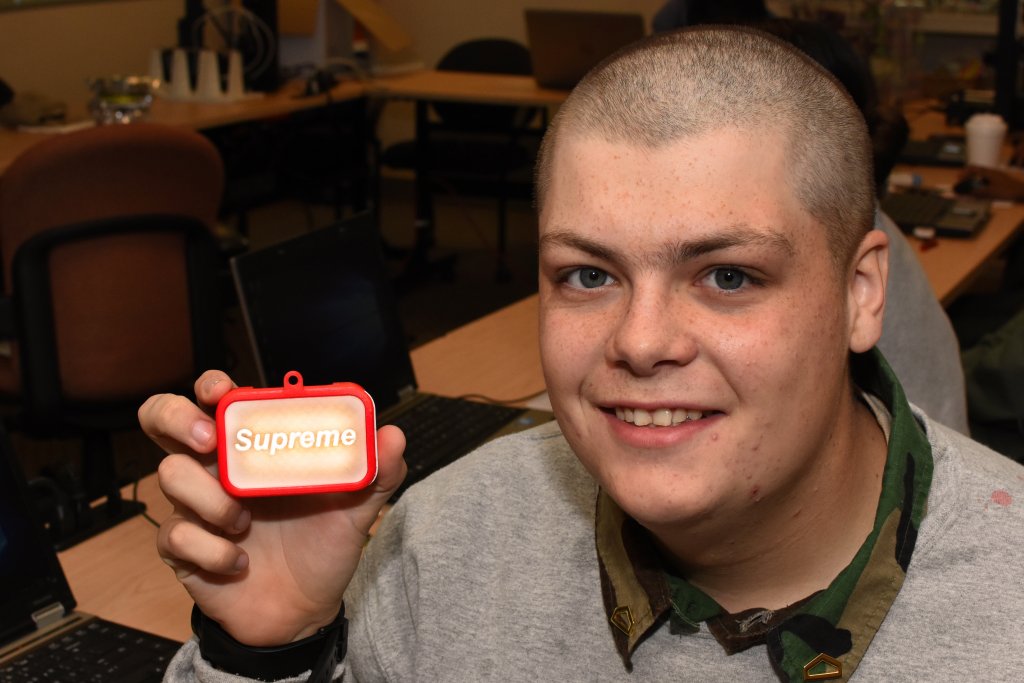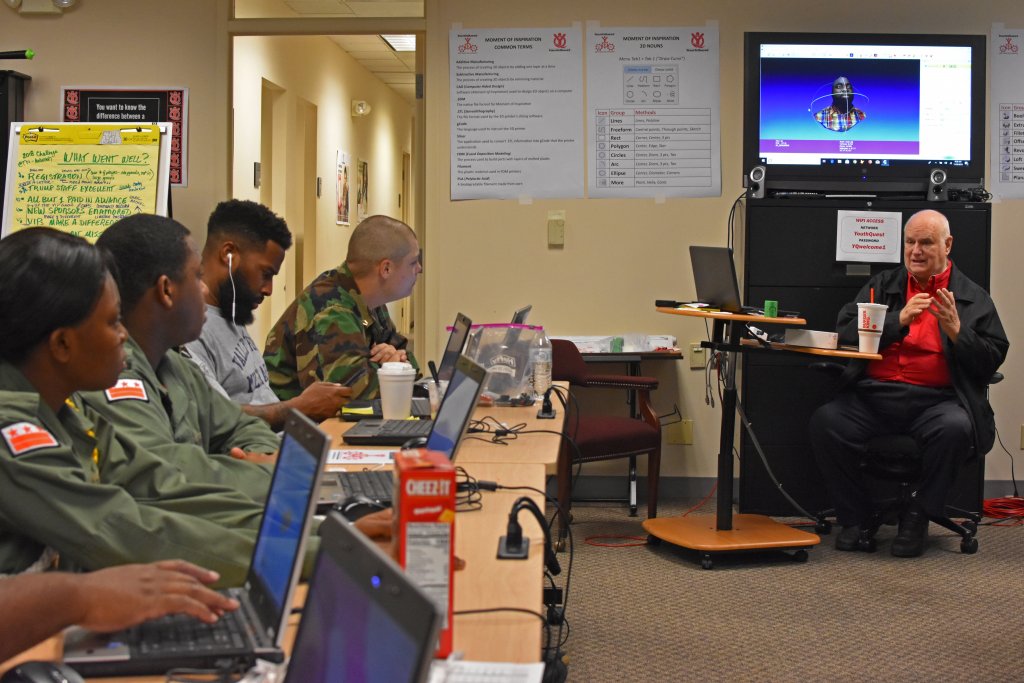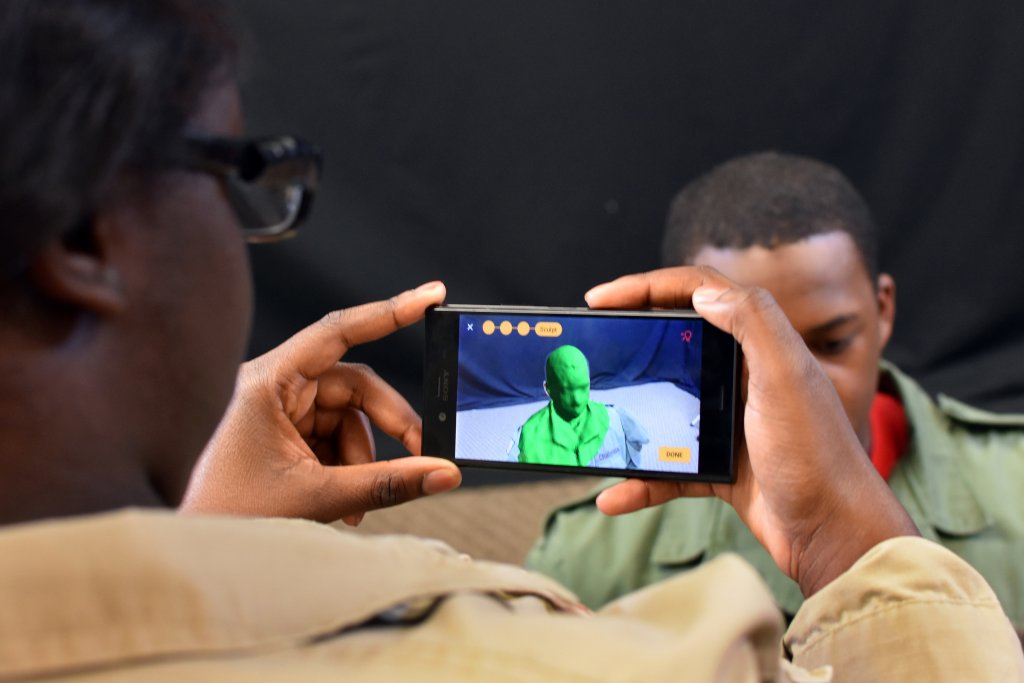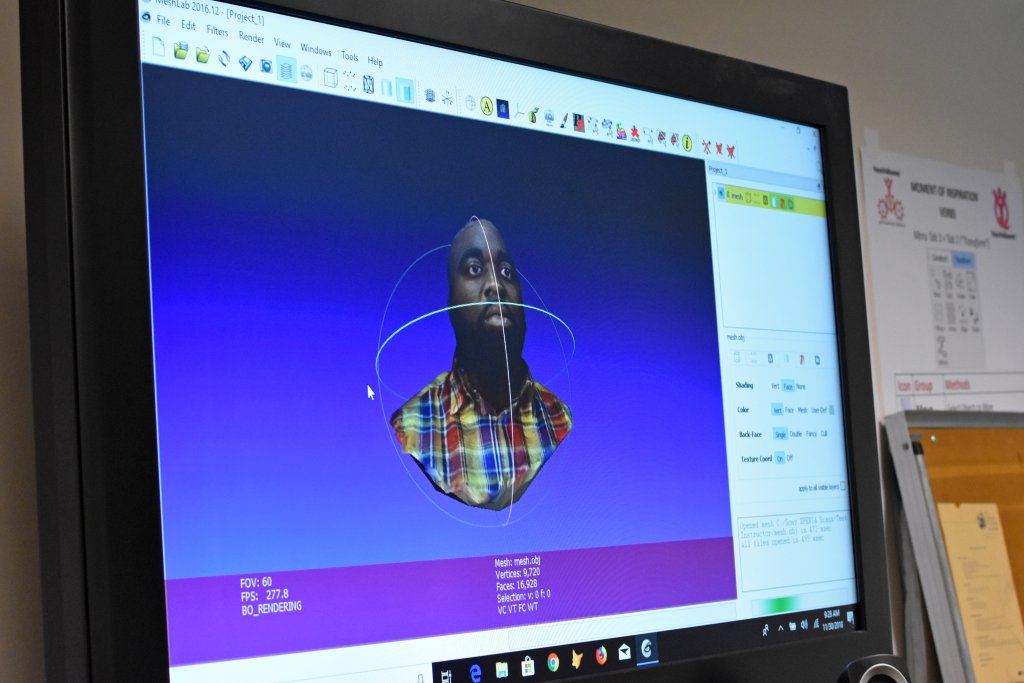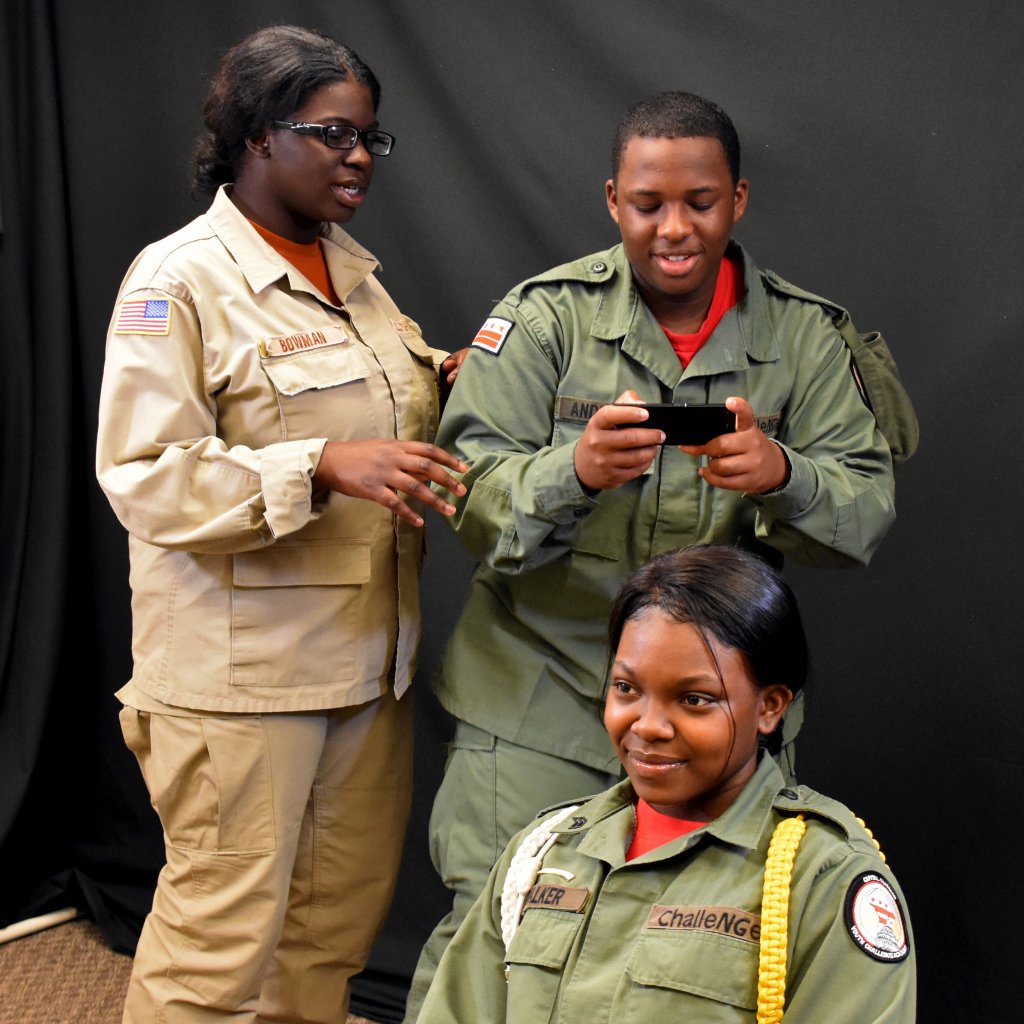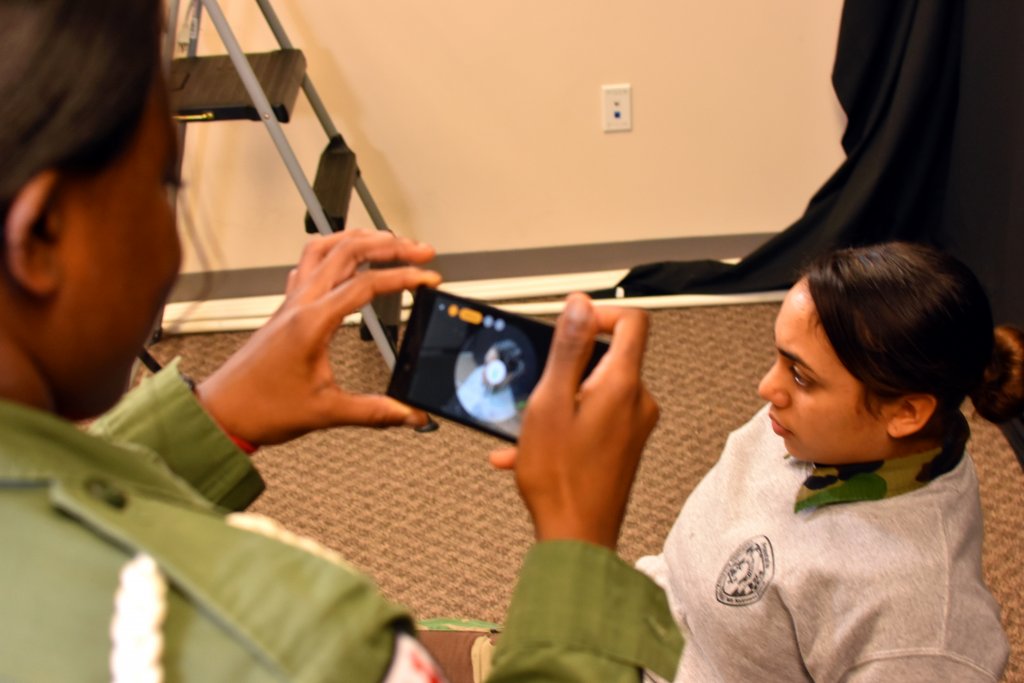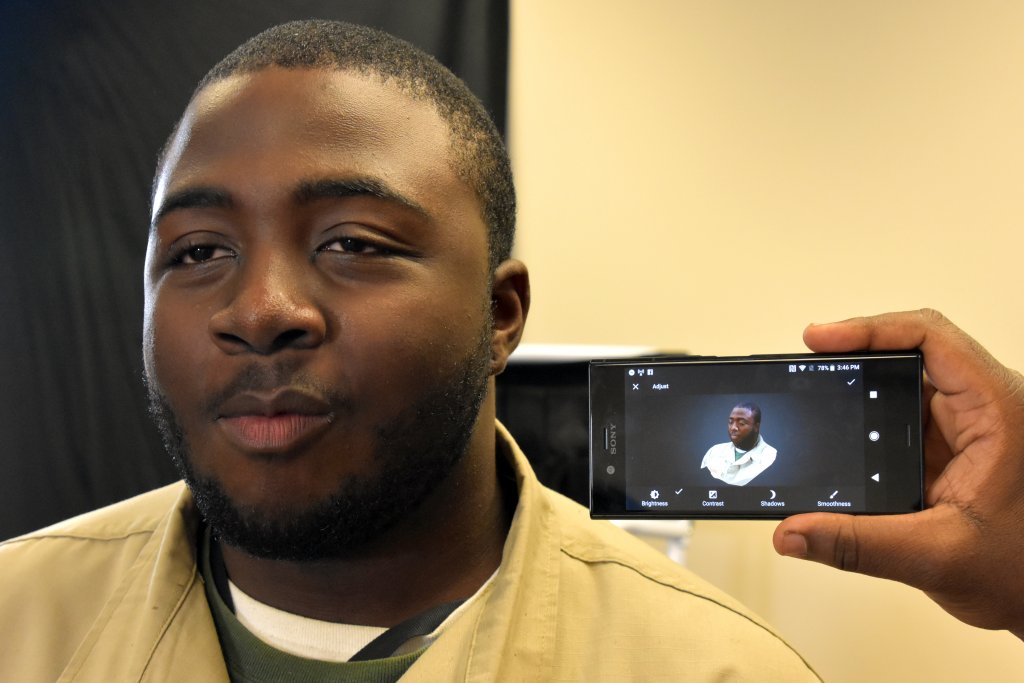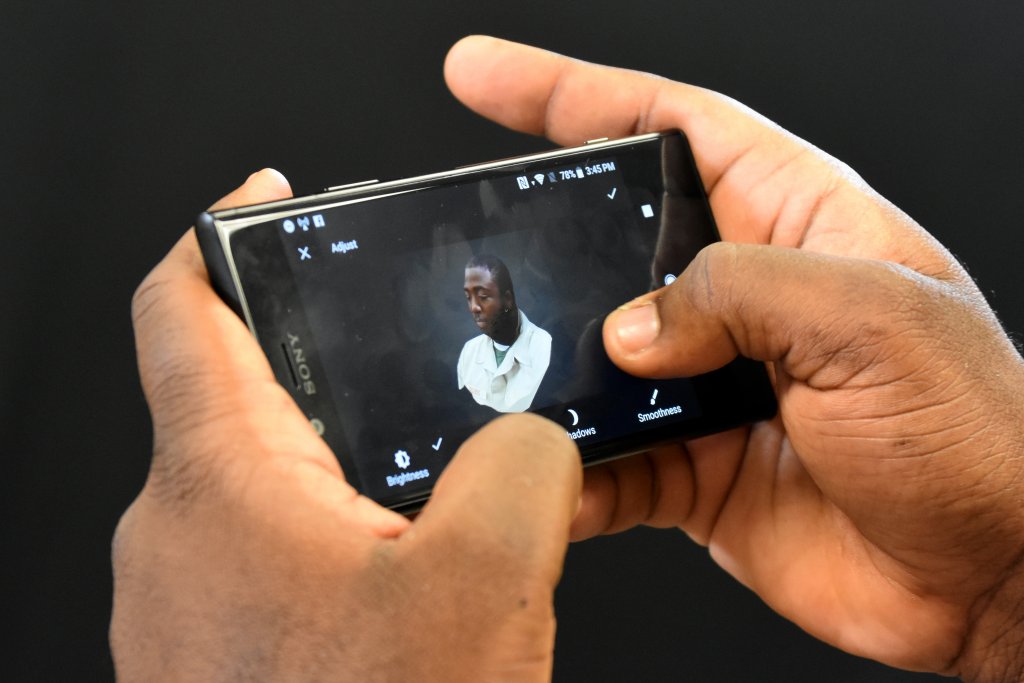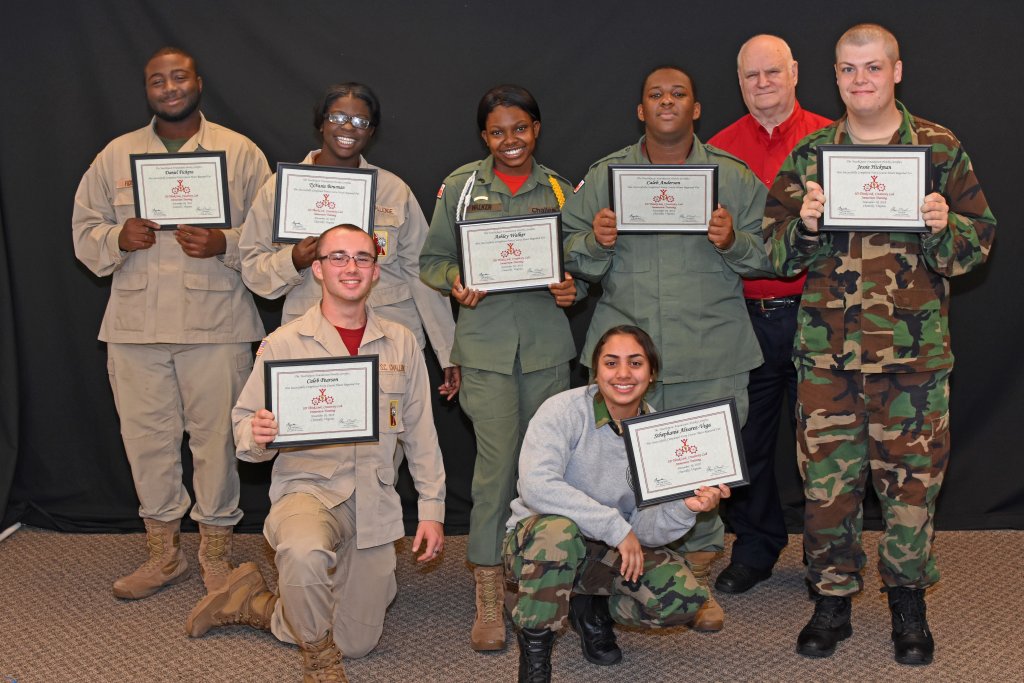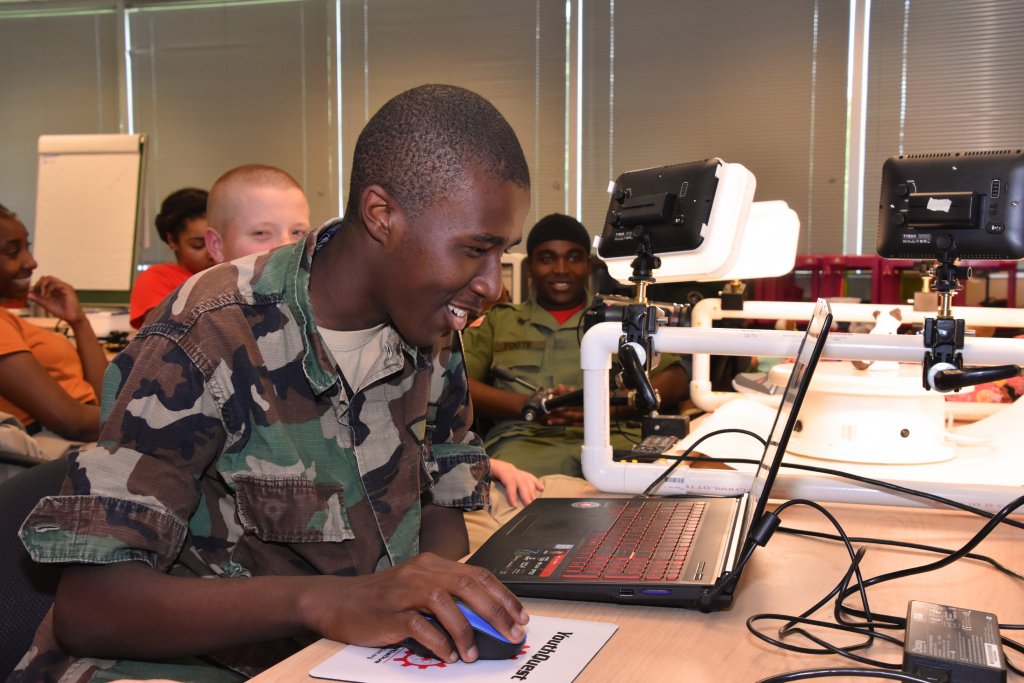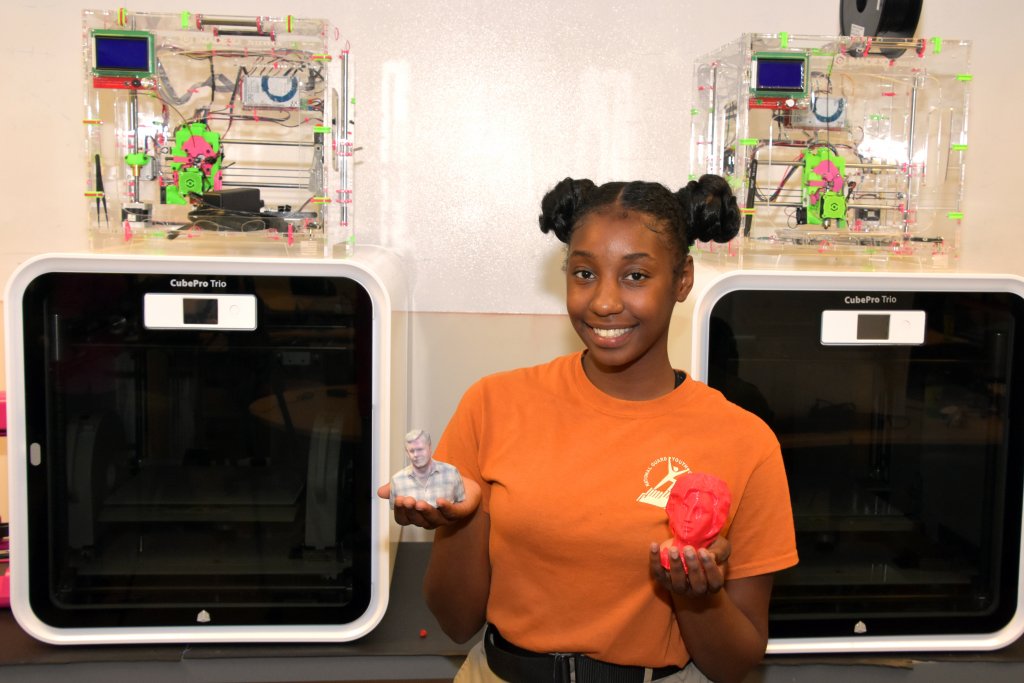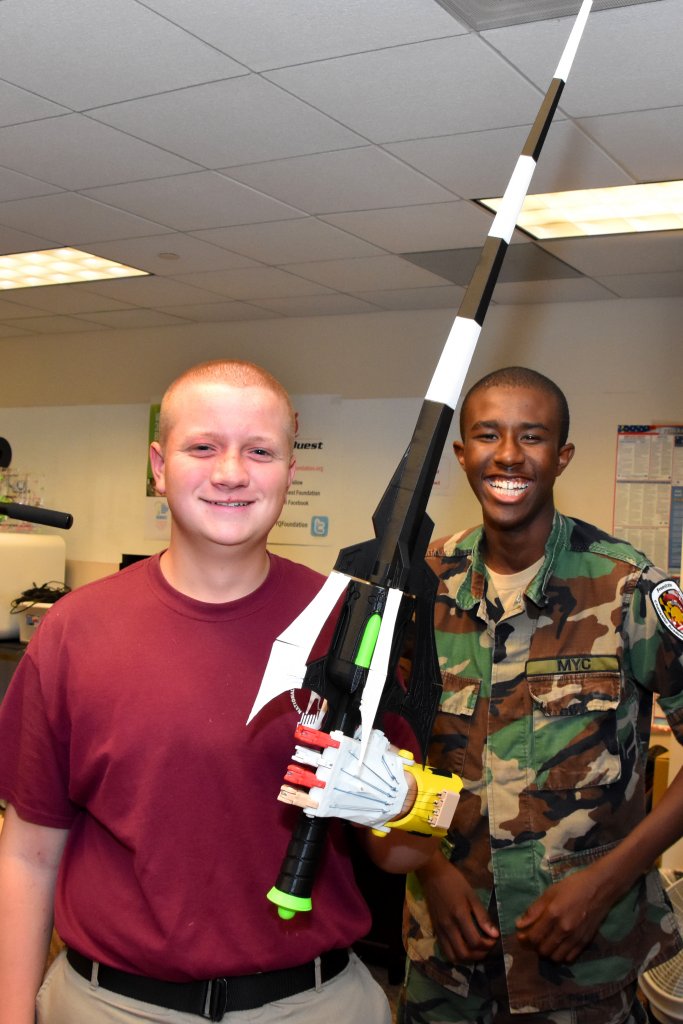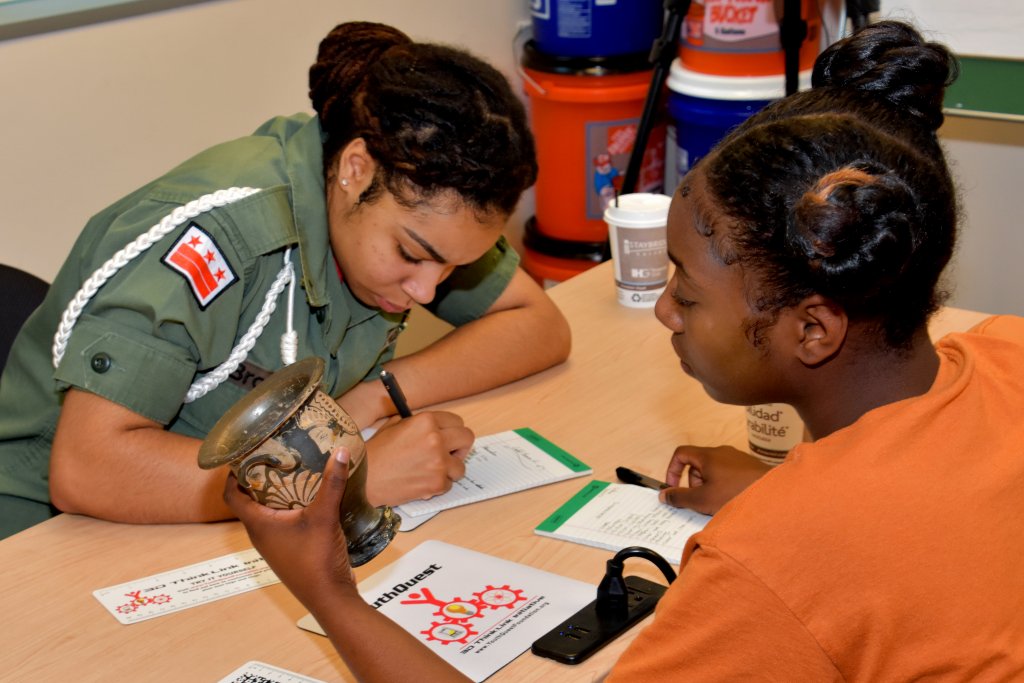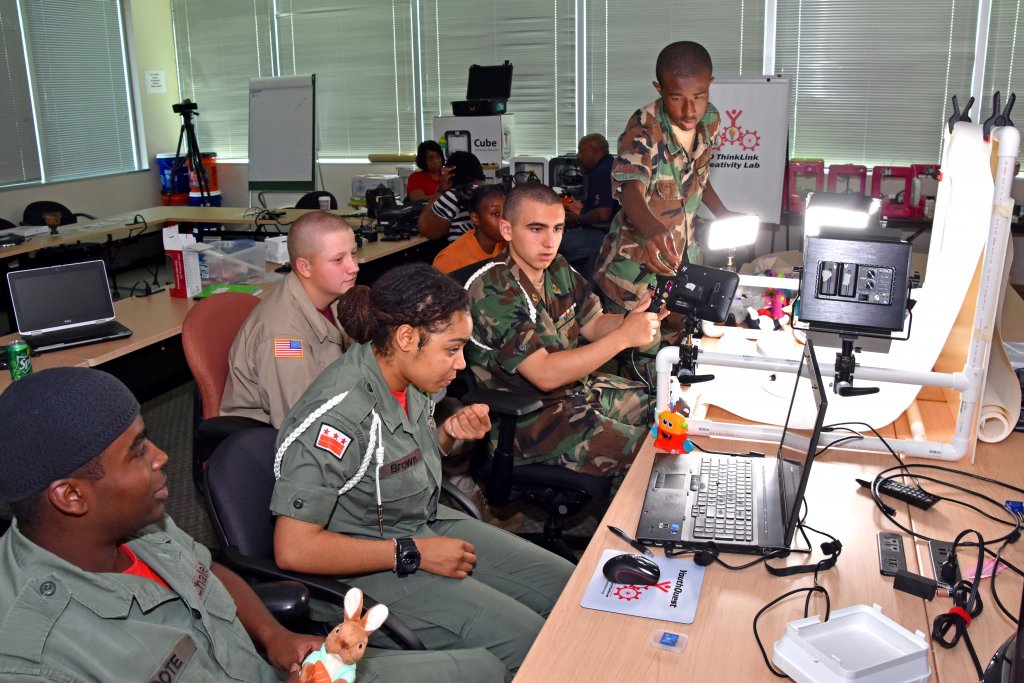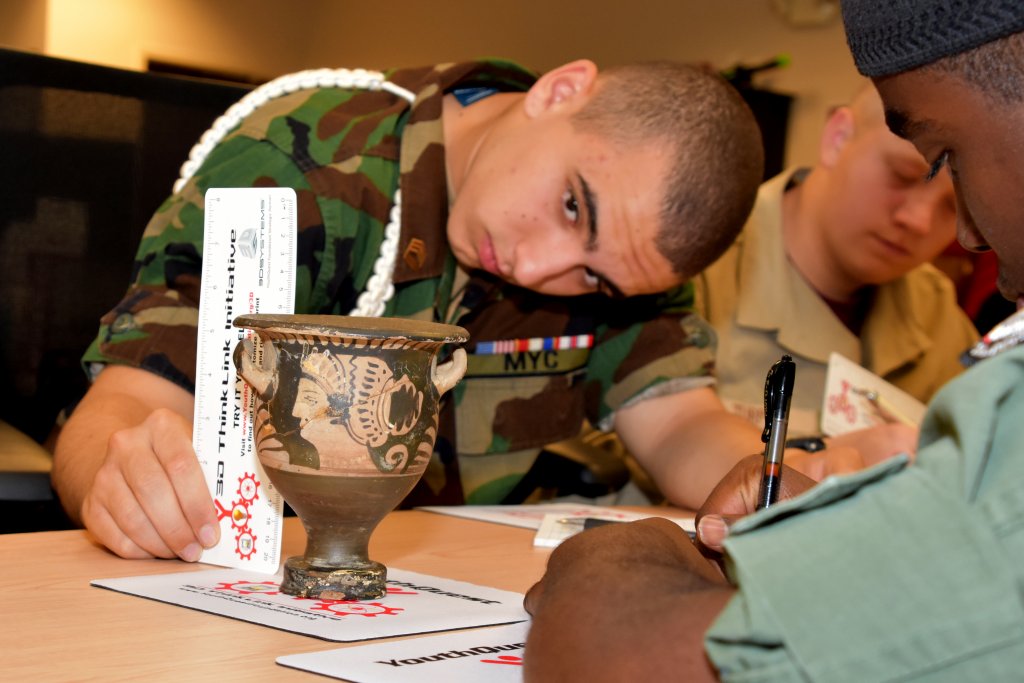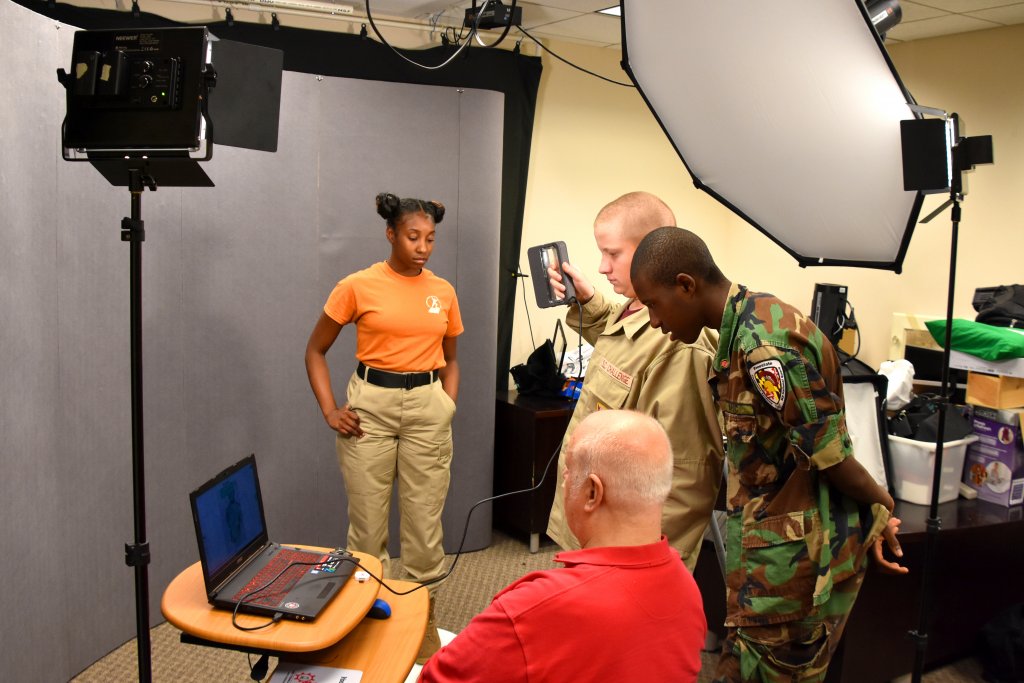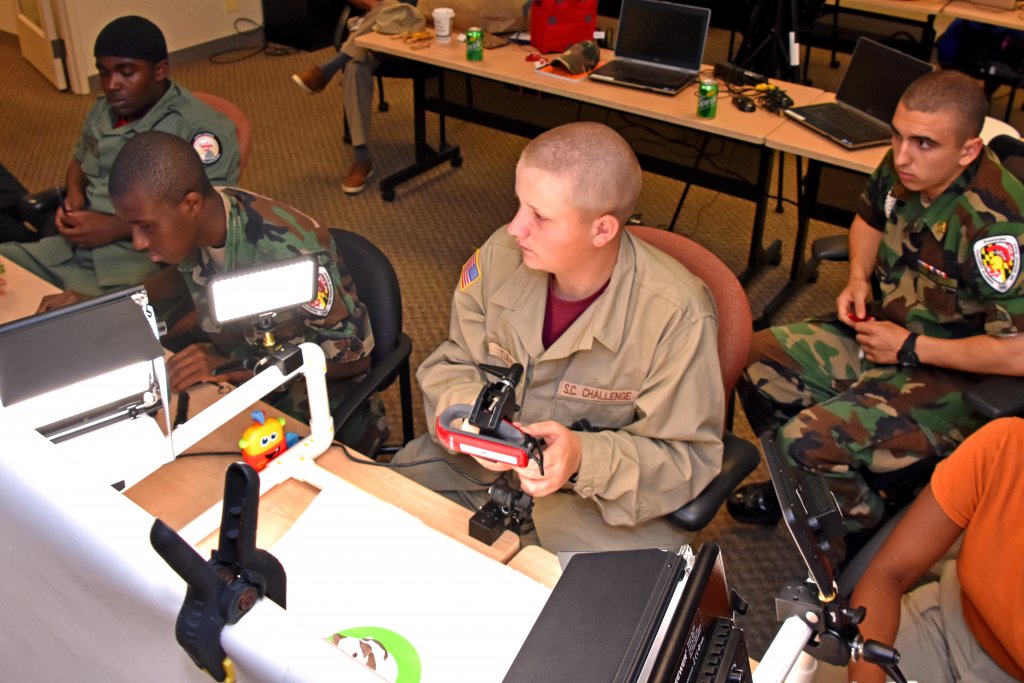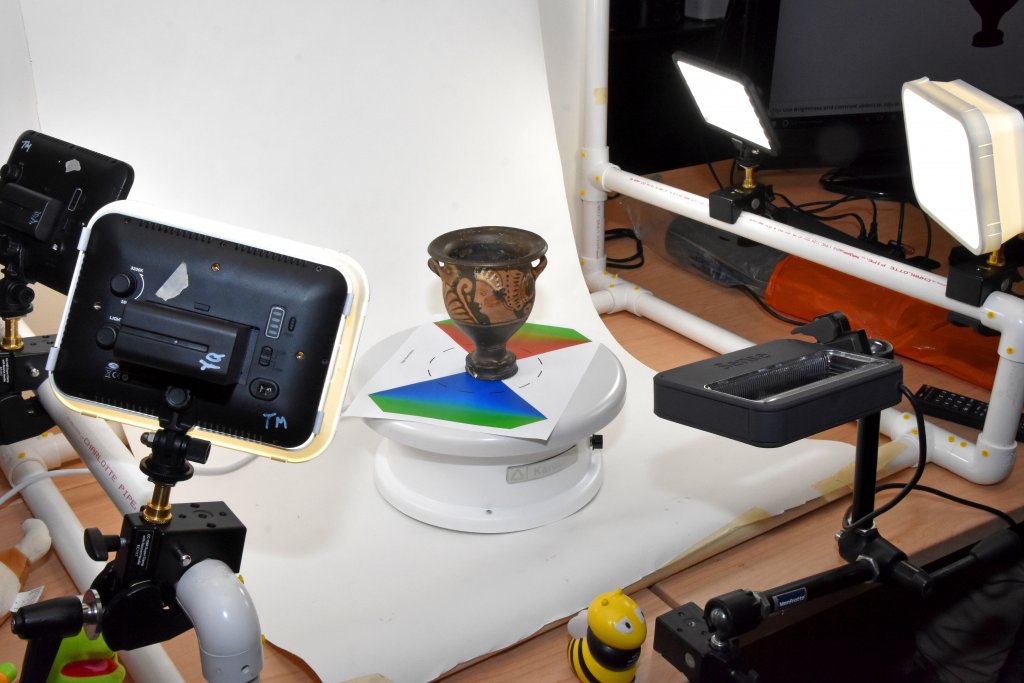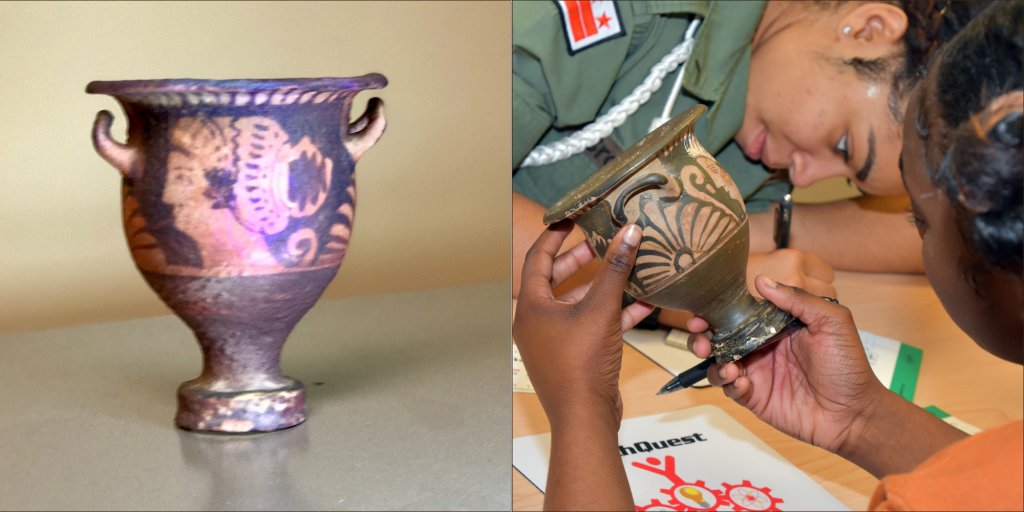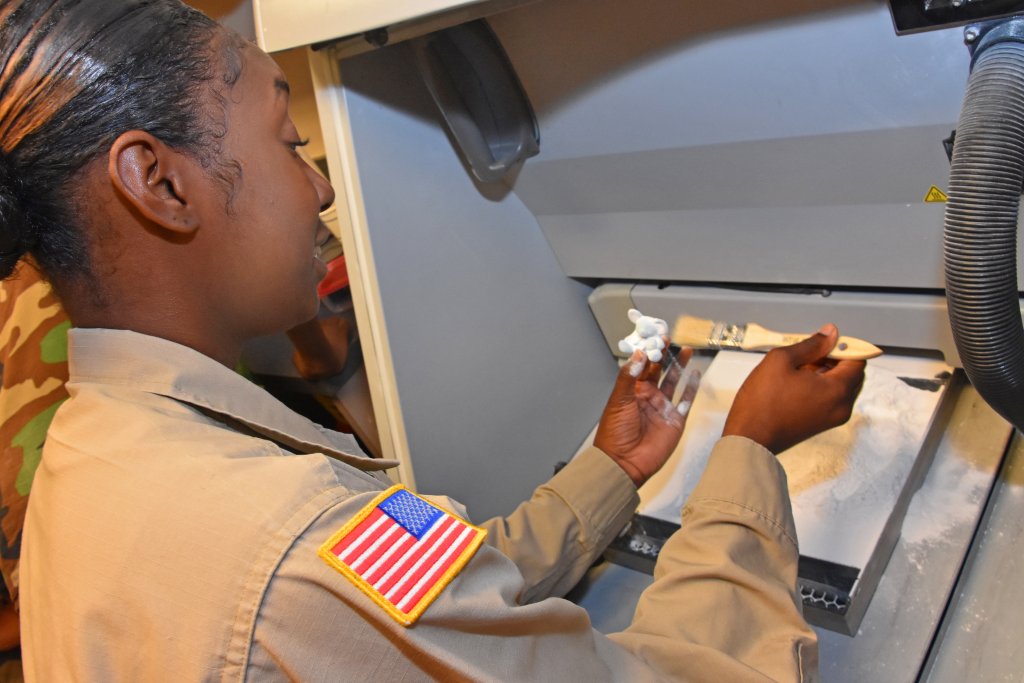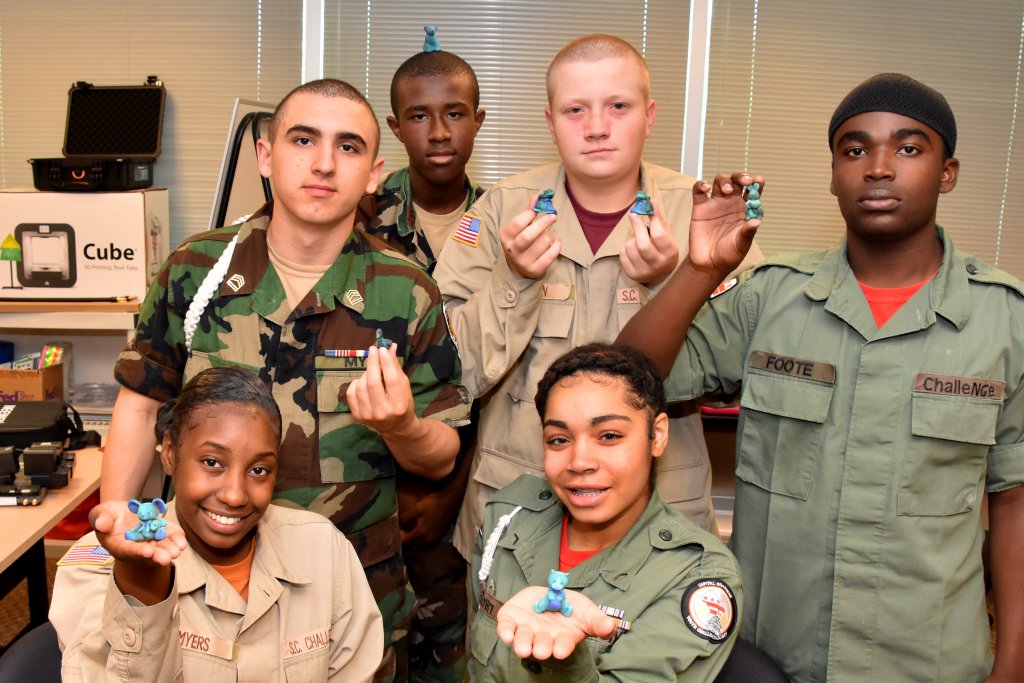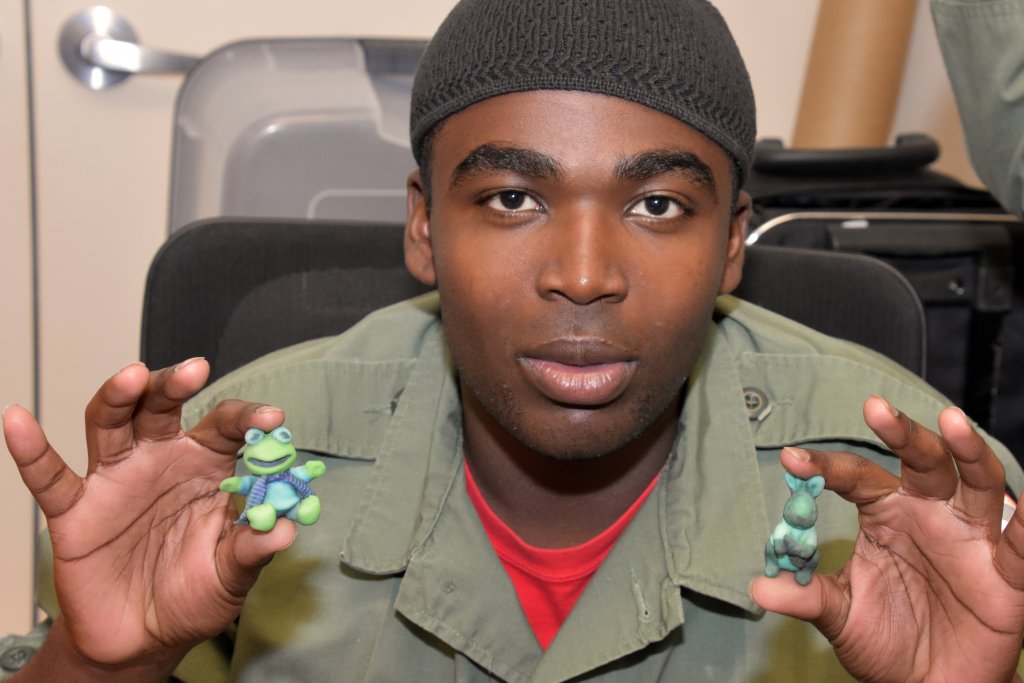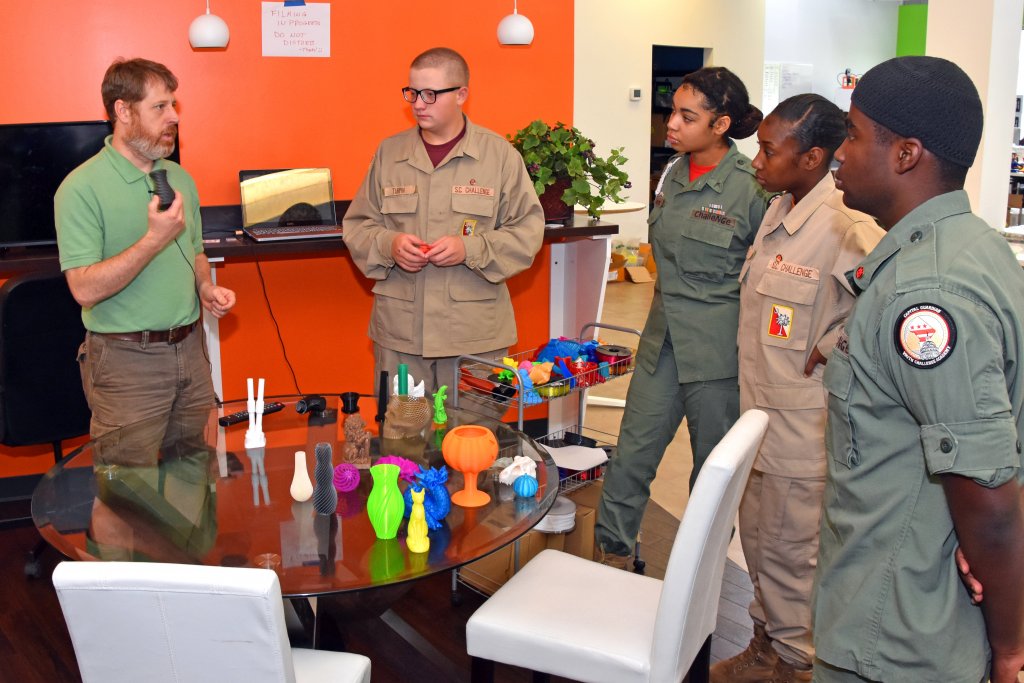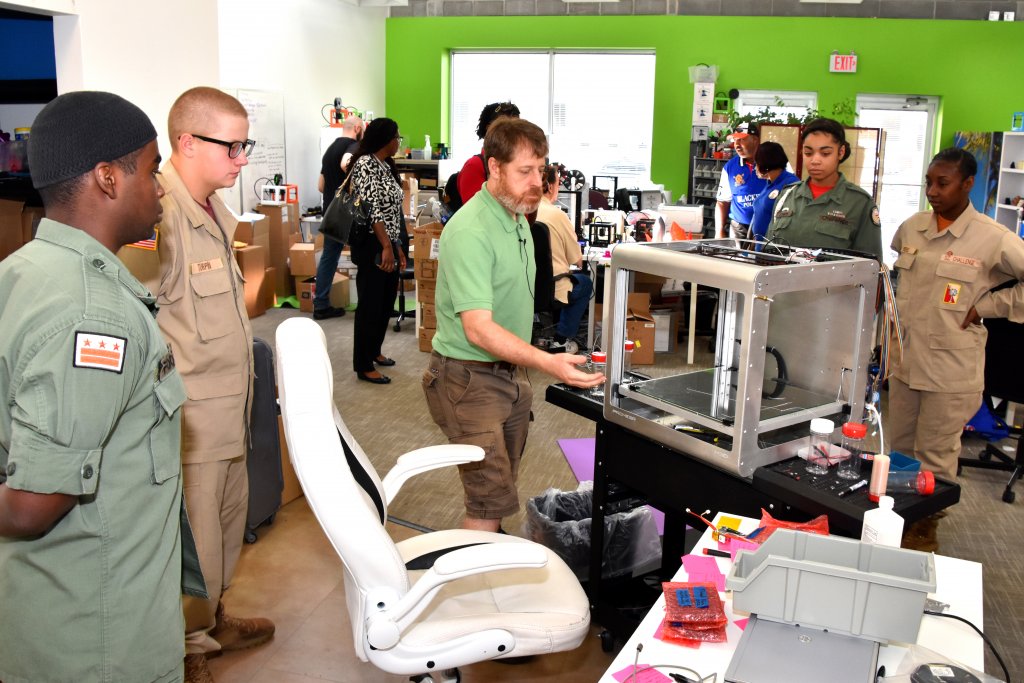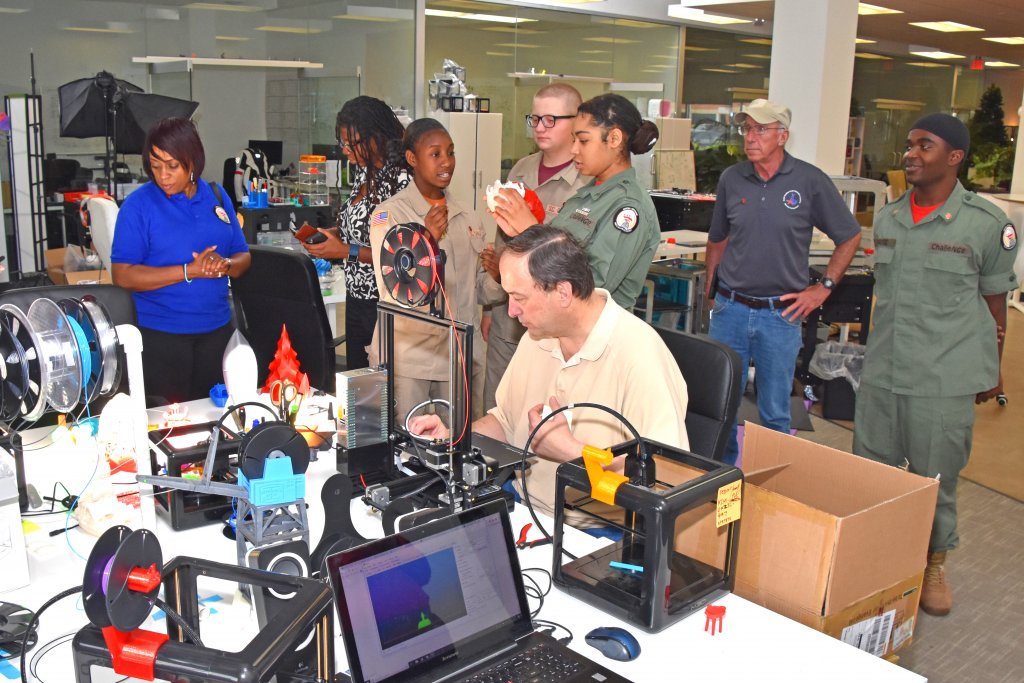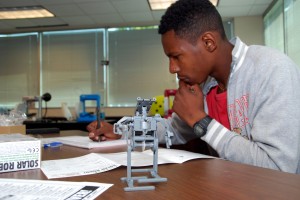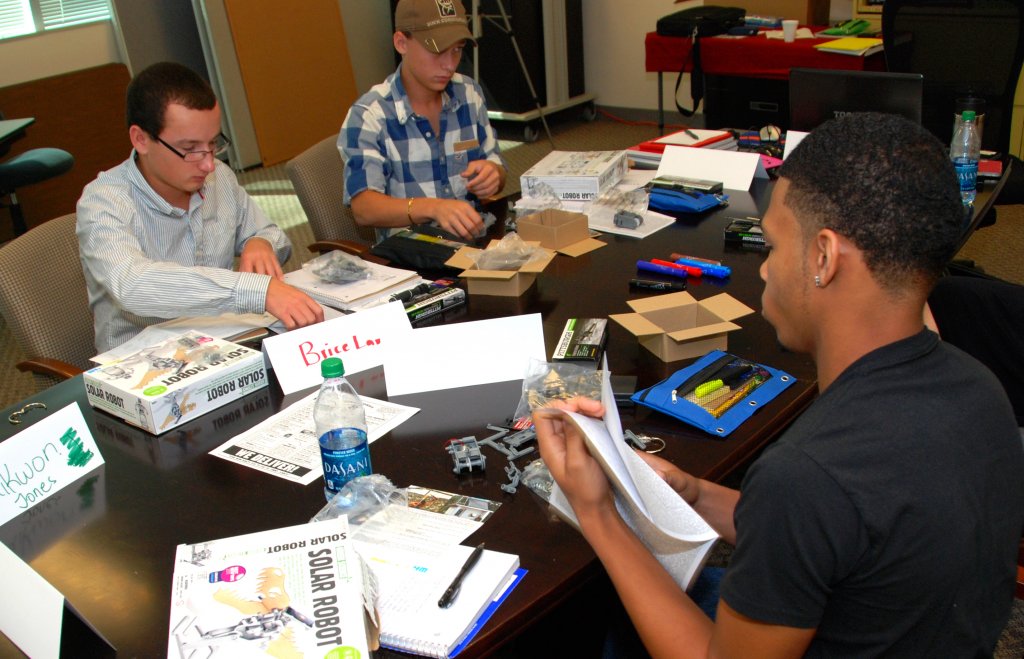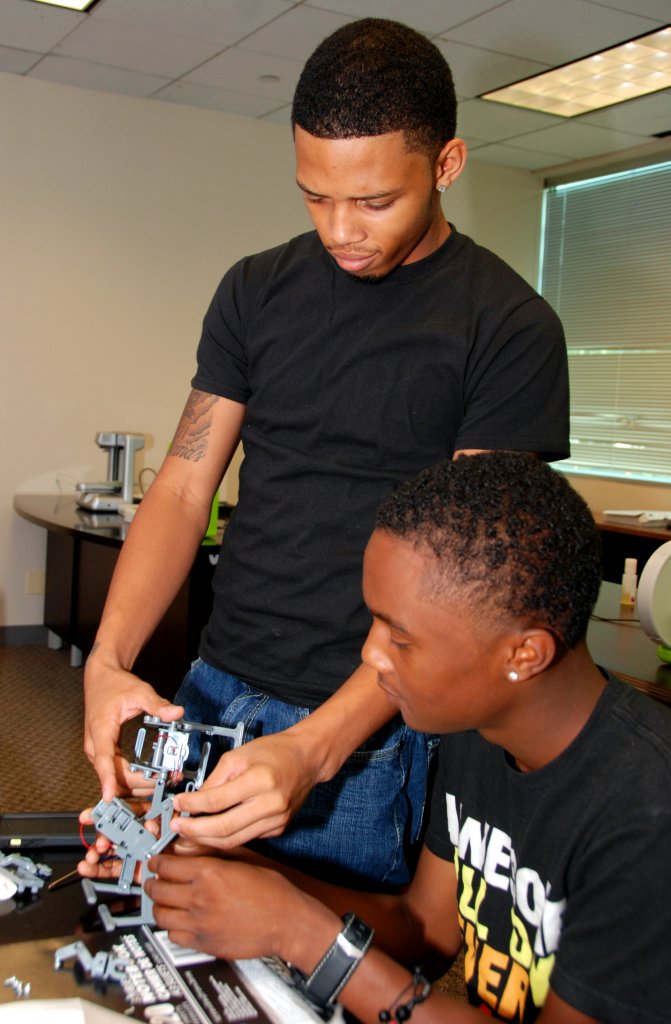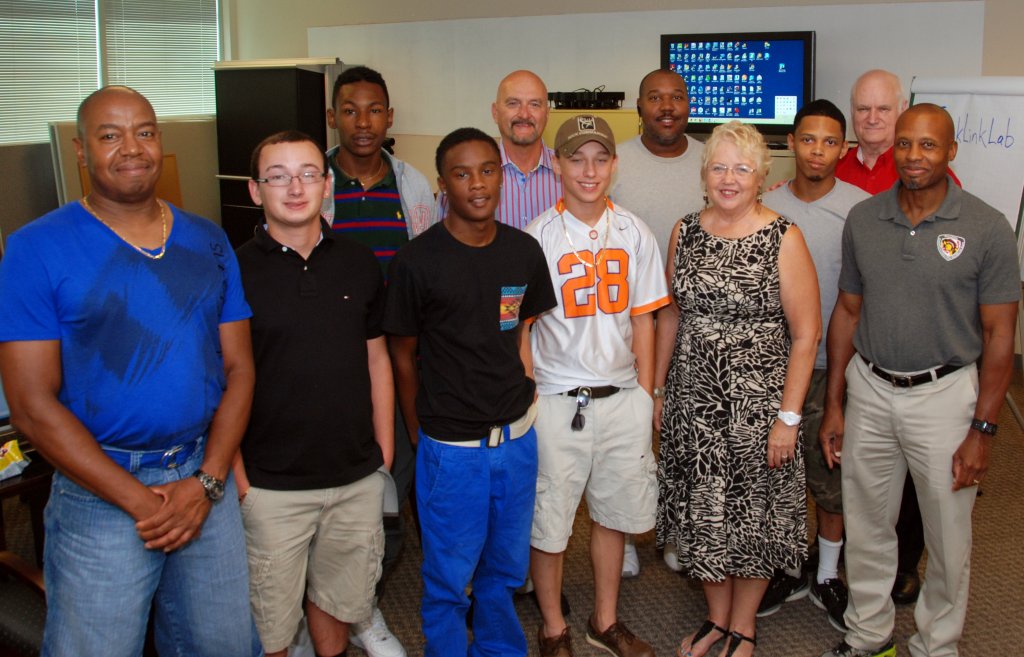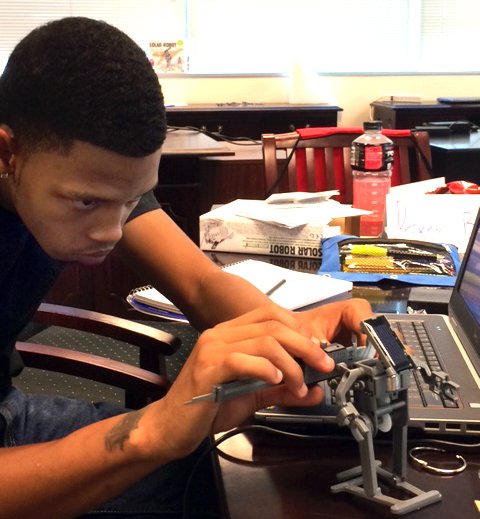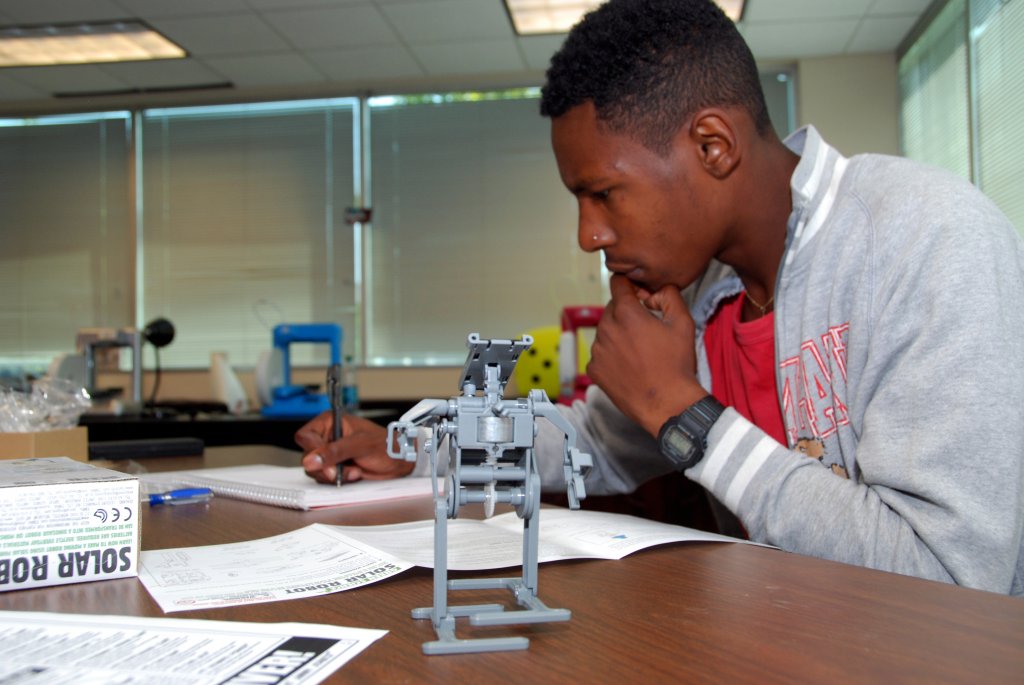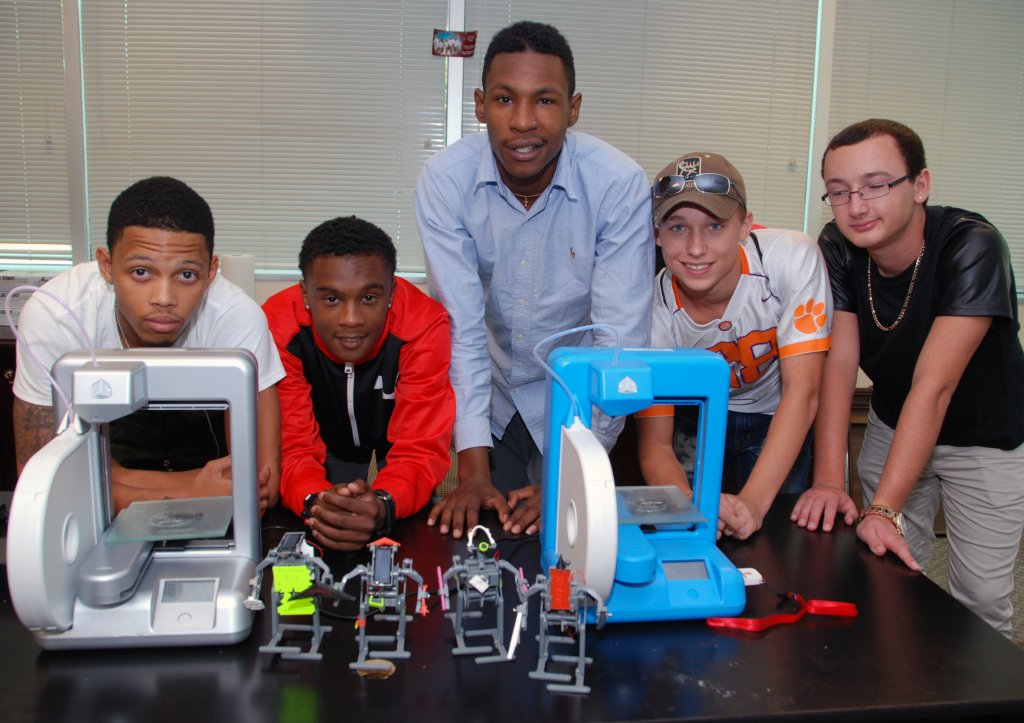The 3D ThinkLink students chosen to attend Advanced Training in our Northern Virginia lab gain valuable experience they can’t get in their classrooms at Youth ChalleNGe academies.
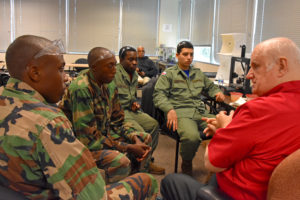
Last month’s sessions were more focused than ever before on preparing our students to compete for jobs that require 3D design and printing skills. They worked with professional-level equipment and learned about digital fabrication processes that go far beyond the simple, plastic-extrusion 3D printing they did on campus.
Cadets Hassan Lancaster and Jesse Henriquez from the District of Columbia’s Capital Guardian Youth ChalleNGe Academy, and Cian Moody and Christian White from Maryland Freestate ChalleNGe Academy, enjoyed four days of intensive learning in the lab with YouthQuest Director of Instruction Tom Meeks.
We prepared for the week by studying current job postings to make sure every activity we planned was relevant to what’s happening now in the fast-growing and ever-changing world of advanced manufacturing.
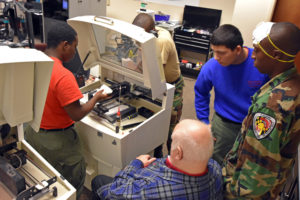
One highlight of the week came courtesy of our 2019 Community Partner Award winner, Fairfax County Public Schools, which donated two used Z Corp 310 powder/binder 3D printers to our lab. We’ve had one of them running since summer, but the other hadn’t been in operation for years. The cadets eagerly took it apart, cleaned and serviced it and did some troubleshooting. By the end of their first day in the lab, they had brought the old 310 back to life.
We were also pleased that YouthQuest volunteer Kanean Cruz was able to join us one morning to show the students how a desktop CNC machine works.
CNC (Computer Numerical Control) machining is an example of traditional subtractive manufacturing. A cutting tool spinning at high speed carves an object out of a block of material. In additive manufacturing (3D printing), a moving print head deposits material in patterns, layer by layer, to form an object without any waste.
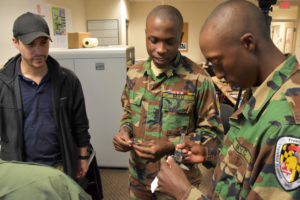
In watching both processes side by side, our students learned that CNC and 3D printing are really two sides of the same coin. In both cases, the tool’s movement is guided by digital instructions called G-codes. The same design files our students create for 3D printing with Moment of Inspiration CAD (Computer Aided Design) software can be used to make objects with a CNC machine. Rapid prototyping shops and other digital fabrication businesses use a combination of additive and subtractive methods, so the CAD skills our students learn are doubly valuable to those employers.
Tom and the students got to try out a new Matter and Form 3D scanner that arrived just in time for Lab Week. Scanning is an alternative to CAD for creating virtual objects to be printed.
The students also got a taste of 3D printing with ceramics, something few people in the field have tried. Thanks to our Advanced Training, they can say they’re familiar with two methods of printing ceramics – powder and liquid resin – as well as using microscopes to examine the ceramic powder and a kiln to fire the printed pieces.
After four days of hard work, the cadets had an impressive list of experiences to add their resumés.
3D Printer Operation, Maintenance and Troubleshooting
– Operated SLA resin printer
– Repaired FDM (plastic filament) printers
– Repaired and serviced Z Corp 310 and 450 powder/binder printers
– Designed parts and printed them on Z450 full-color powder/binder printer
– Handled gypsum and ceramic powders
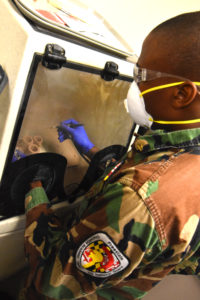
Post-Processing 3D Printed Parts
– Curing, support removal, sanding of SLA printed parts
– Depowdering and coating of powder/binder printed parts
Kiln Operation
– Performed ramp and hold firings of 3D-printed ceramic parts
Microscope Camera and Software
– Used focus stacks for ceramic powder particle distribution tests
CNC Machining
– Operated Carbide Nomad desktop CNC machine
Software
– Experience with Moment of Inspiration (CAD) and Cura slicing software
While all four cadets are interested in engineering, each has his own unique career path in mind. We wrapped up the week with a resumé review session, taking time to go over each student’s situation and tailor a plan for their next steps – community college, trade school, employment, military service or a combination of those.
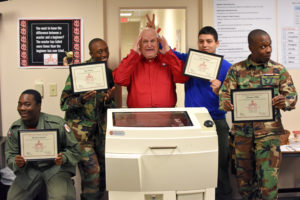
The cadets reviewed listings of jobs for which they’re already qualified and practiced answering job interview questions in ways that will impress hiring managers.
These young men have compelling stories to tell prospective employers about overcoming mistakes and turning their lives around.
Now, as they graduate from the ChalleNGe program and open new chapters, they will continue striving to achieve their career goals with the failure-is-not-final attitude we have instilled in them throughout their 3D ThinkLink experience.
____________________________________________
You can support our work by:
Making a donation to YouthQuest through our secure PayPal link
Choosing YouthQuest as your designated charity on AmazonSmile
Registering on Bidding for Good so you can take part in our online auctions, sign up for our golf tournament, and support other upcoming fundraisers
____________________________________________
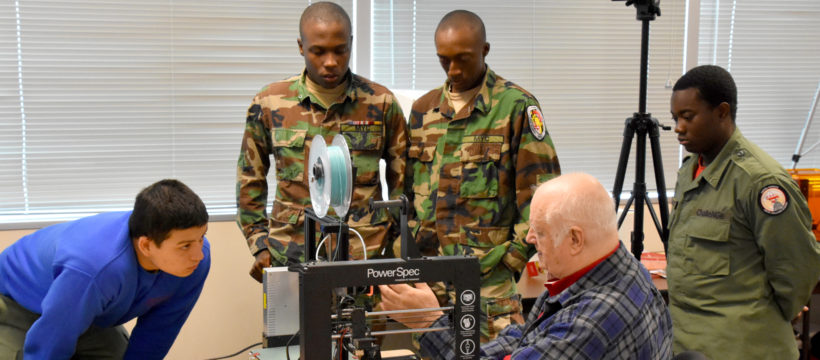
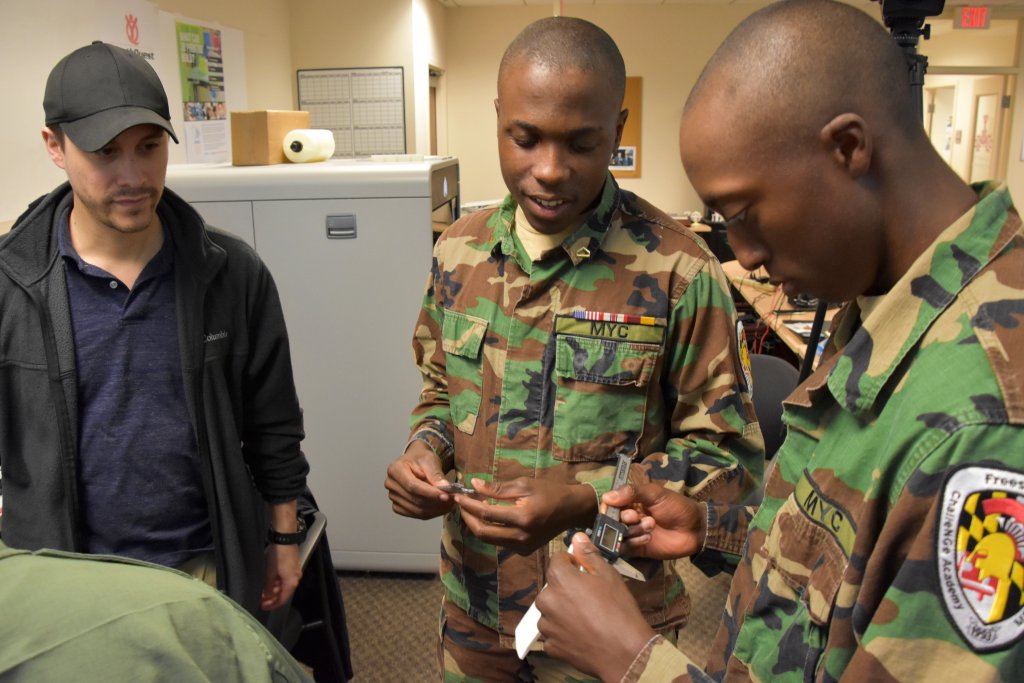
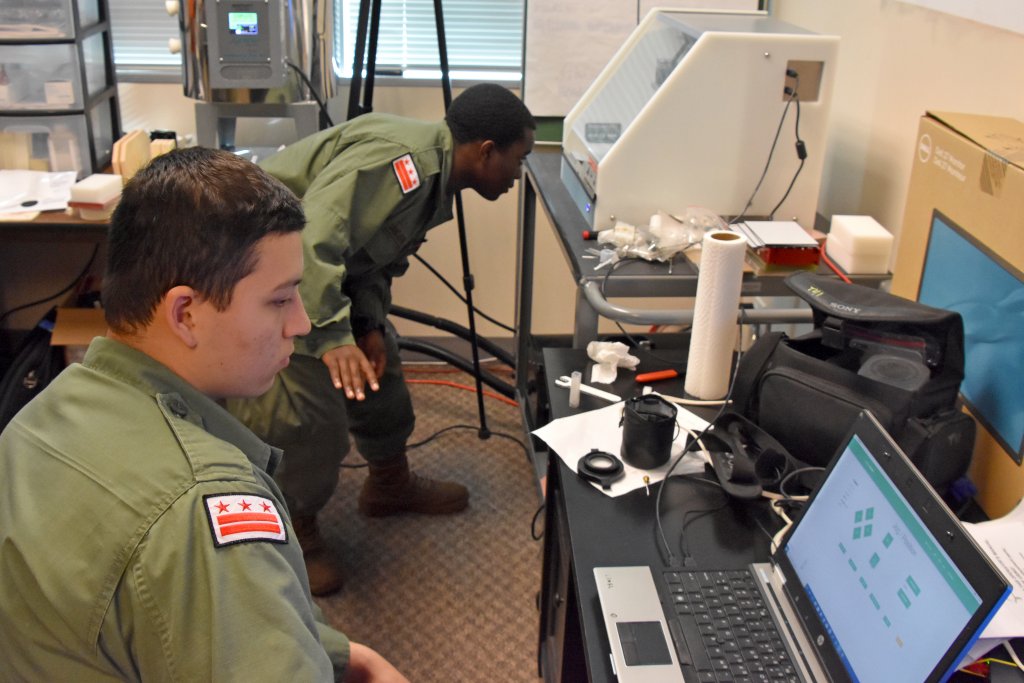
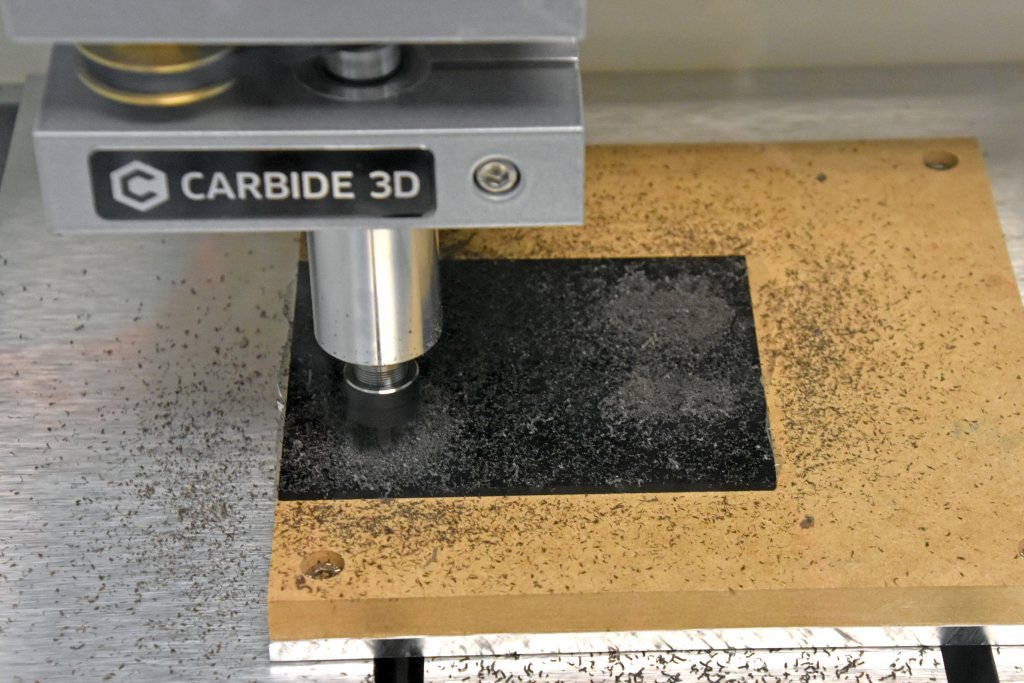
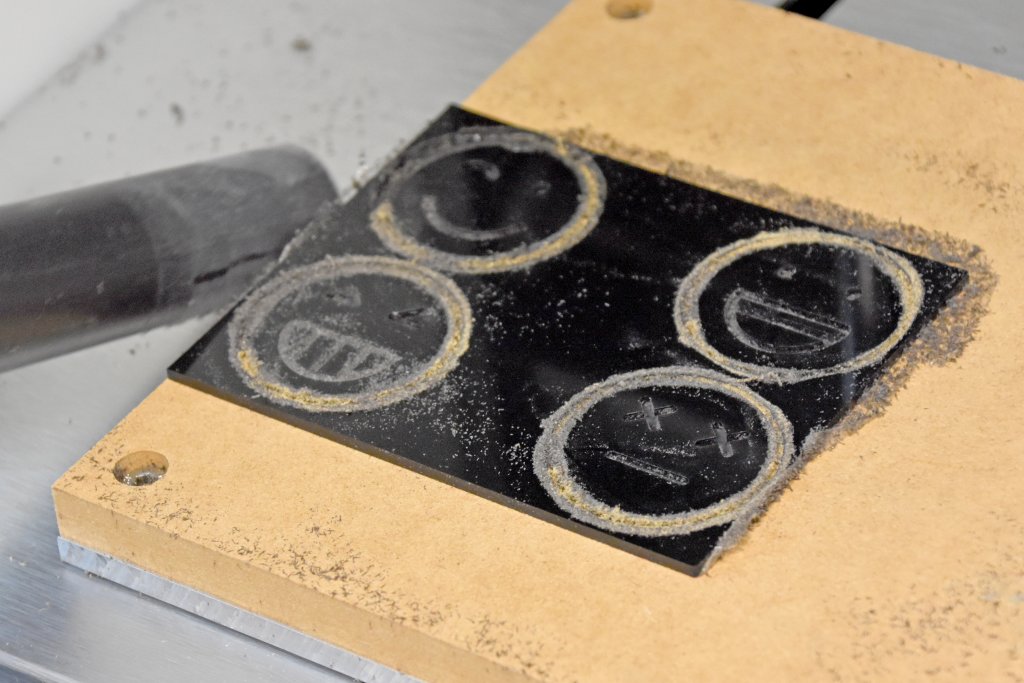
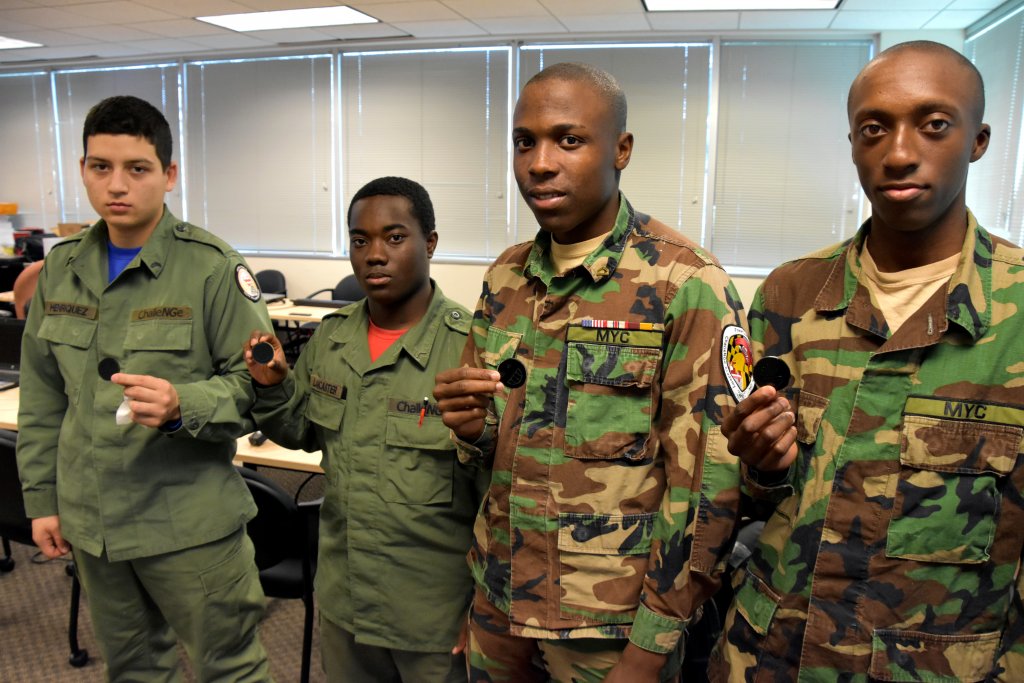
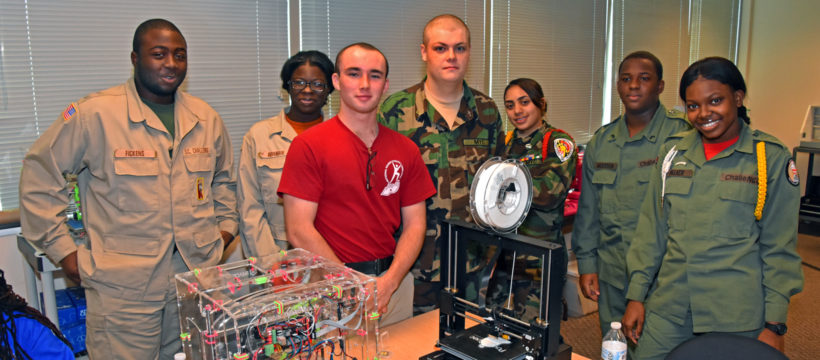
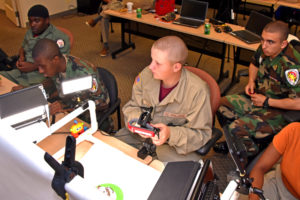
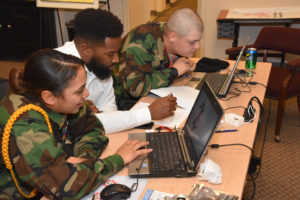
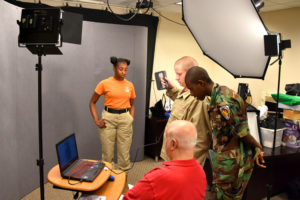
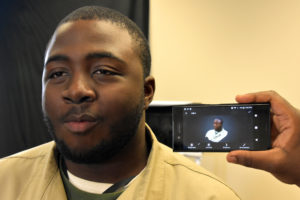
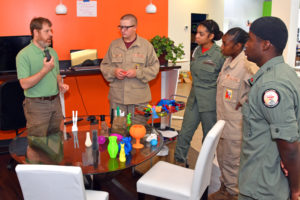
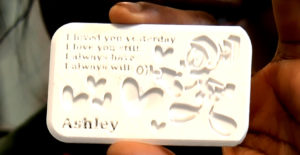 Then she read her poem:
Then she read her poem: